 Abraham Lincoln
If given the truth, the people can be depended upon to meet any national crisis...
Abraham Lincoln
If given the truth, the people can be depended upon to meet any national crisis...
 Guildford news...
for Guildford people, brought to you by Guildford reporters - Guildford's own news service
Guildford news...
for Guildford people, brought to you by Guildford reporters - Guildford's own news service
Birdwatcher’s Diary No.300
Published on: 19 Mar, 2024
Updated on: 18 Mar, 2024
By Malcolm Fincham
I am celebrating my 300th report, that’s over 11 years of writing these fortnightly updates of nature sightings.
All of which can be viewed on The Guildford Dragon NEWS. https://guildford-dragon.com/
Also adding much gratitude to all who have followed me on my ventures as well as a big thank you to all who continue to inspire me with their comments.
A few settled days of weather during the first week of March allowed me the opportunity to venture further afield, both within Surrey as well as just beyond the borders of the county.
Controversially, but understandably, in keeping within the original county’s boundaries when the Surrey Bird Club was founded, Staines Reservoir could be said to still remain beyond its now Surrey home, thus remaining in its old realm of Middlesex.
Not holding such boundaries to my heart, I was happy to count it in either respect. It has certainly allowed me a good few rarities during my years of visiting it.
Once again the recent visit didn’t disappoint, once again in the company of my good friend Dougal.
A Slavonian grebe was present and affording good views. Soon to be heading for its more northerly breeding grounds, it had already began to show signs of turning into summer plumage during its brief time there.
While black-necked grebes were still present, and although having seen them there as well as at Tice’s Meadow earlier this year, could also now be seen starting to morph into their summer outfits.
Goldeneye ducks could still be viewed.
Soon to move north to their breeding grounds, and the males could already be seen throwing their heads back in their mating rituals.
While large rafts of tufted ducks were still present.
Along the Causeway small groups of linnets could be viewed.
While larger groups of pied wagtails as well as meadow pipits were observed.
On the outer banks of the reservoir a red kite could be viewed.
Across the Surrey border on March 8, with the addition of Bob, Steve and Ross, we visited Oare Marshes in Kent. Thus enabling us to add a few more ‘year’ sightings to our lists, and more importantly, for me to add a few more photos along the way.
A great white egret was a nice addition, although becoming more common in recent years.
As well as little egret, now commonly seen at reserves in Surrey.
Another nice addition to our sightings was a spotted redshank.
And also being able to compare it with a photo of a common redshank while there.
Adding additional photos to my day’s sightings of turnstones.
Oystercatchers.
And curlews.
The water pipit present was unfortunately too distant to capture with my camera. A Cetti’s warbler, however, more than made up for it.
Although having recently seen one skulking in the undergrowth at the Riverside Nature Reserve in Guildford, this one was exceptionally showy, perching with pulsating calls as in sat up proudly posing within a still leafless thicket.
In our attempts to add to our sighting we headed off across the River Swale and on to the Isle of Sheppey.
Marsh harriers have become quite numerous there with wintering birds now in excess of 100 individuals.
Much lower in number, due to continued illegal percussion in parts of the UK, were hen harriers, with just a few ring-tailed birds seen that day.
With plenty of wintering wildfowl still about, it wasn’t surprising to see a few other birds of prey too.
Looking back toward the road-bridge a distant peregrine could be seen having lots of fun rounding up a group of shelduck and other waterfowl.
While a kestrel, predominantly looking for small mammals, hovered by the roadside.
And a sparrowhawk could also be seen flying through.
A large distant flock of golden plovers could also be viewed.
While lapwings constantly flew about us.
At Harty Marshes on the Isle of Sheppey we were able to add a flock of 30 or more corn buntings to our year’s tally.
And added a covey of eight or so red-legged partridges to our day’s sightings.
With over a month’s worth of rain falling in southern counties during the first weeks of March, understandably, it didn’t allow me much time to visit my local ‘patches’ closer to home.
And at Tice’s Meadow, near Farnham, we found ourselves having to retrace our steps, leaving no chance of visiting the waterside hide, even while wearing wellies!
On Whitmoor Common, however, I still had the opportunity to see and photograph a dozen or so redpolls still present.
And a photo of a coal tit was a nice addition.
Great spotted woodpeckers had started pairing up and could now be regularly heard drumming.
While Dartford warblers continued to be viewed on the heathland.
With daylight hours extending and the sun increasing in its warmth as it now began ascending higher in the sky (when it had an opportunity to shine), daytime temperatures slowly began to rise.
At Britten’s Pond by the second week of the month chiffchaffs could be heard, now in full song.
Feeding on the seed cones of alder trees at the back of the pond that overhang the water, a handful of siskins could be viewed on several visits.
A pair of Egyptian geese continued to make an appearance.
The resident swans were now never far apart from each other. The pen often seen seated on her recently built nest and the cob occasionally chasing off any geese that strayed too near to the island they resided on.
Common buzzards were regularly seen over the pond.
While a cormorant continued to visit.
And the rooks nesting in the tall trees at the rear appeared to be already feeding young.
Sightings of a kingfisher also continued. On occasions two being observed flying low across the water. I even managing another picture of one of them, a female on this occasion, as it perched up to fish.
On March 15 a small group of solitary bees could be seen emerging from holes in the soil by the water’s edge.
This species I believe to be Andrena clarkella https://bwars.com/bee/
They are often the first solitary species of bee to be found in the spring, sometimes flying as early as mid February. They forage almost exclusively from sallow blossom.
And with yet another day of rain and showers, another photo of a rainbow was inevitable.
I also managed to achieve my first photo of this year of a carp breaching the water.
David Rose writes: The Guildford Dragon NEWS thanks Malcolm (a true countryman) for all of his 300 reports – a terrific achievement. Malcolm and I have been friends since we were just into our teens. Back then we observed local wildlife together, along with other friends. It’s a real pleasure to put together Malcolm’s regular reports and photos for publication.They are an important and valued part of our local news coverage.
Responses to Birdwatcher’s Diary No.300
Leave a Comment Cancel replyPlease see our comments policy. All comments are moderated and may take time to appear.
Recent Articles
- Guildford Institute’s Crowdfunding Project for Accessible Toilet in its New Community and Wellbeing Centre
- Letter: Guildford – Another Opportunity Missed?
- Letter: GBC’s Corporate Strategy – Where Is the Ambition?
- My Memories of John Mayall at a Ground-breaking Gig in Guildford Nearly Six Decades Ago
- Westborough HMO Plans ‘Losing the Heart of the Street’ Says Resident
- College Invests to Boost Surrey’s Economy and Close Digital Skills Gap
- Community Lottery Brings Big Wins for Local Charities
- GBC Housing Plan Promises ‘A Vibrant Urban Neighbourhood’ Near Town Centre
- Hospital Pillows ‘Shortage’ at the Royal Surrey
- Updated: Caravans Set Up Camp at Ash Manor School


Recent Comments
- Ian Macpherson on Updated: Main Guildford to Godalming Road Closed Until August 1
- Sara Tokunaga on GBC Housing Plan Promises ‘A Vibrant Urban Neighbourhood’ Near Town Centre
- Michael Courtnage on Daily Mail Online Reports Guildford Has Highest-paid Council Officer
- Alan Judge on GBC Housing Plan Promises ‘A Vibrant Urban Neighbourhood’ Near Town Centre
- John Perkins on GBC Housing Plan Promises ‘A Vibrant Urban Neighbourhood’ Near Town Centre
- S Collins on GBC Housing Plan Promises ‘A Vibrant Urban Neighbourhood’ Near Town Centre
Search in Site
Media Gallery
Dragon Interview: Local Artist Leaves Her Mark At One of England’s Most Historic Buildings
January 21, 2023 / No Comment / Read MoreDragon Interview: Lib Dem Planning Chair: ‘Current Policy Doesn’t Work for Local People’
January 19, 2023 / No Comment / Read MoreA3 Tunnel in Guildford ‘Necessary’ for New Homes, Says Guildford’s MP
January 10, 2023 / No Comment / Read More‘Madness’ for London Road Scheme to Go Ahead Against ‘Huge Opposition’, Says SCC Leader
January 6, 2023 / No Comment / Read MoreCouncillor’s Son Starts Campaign for More Consultation on North Street Plan
December 30, 2022 / No Comment / Read MoreCounty Council Climbs Down Over London Road Works – Further ‘Engagement’ Period Announced
December 14, 2022 / No Comment / Read MoreDragon Interview: GBC Reaction to the Government’s Expected Decision to Relax Housing Targets
December 7, 2022 / No Comment / Read MoreHow Can Our Town Centre Businesses Recover? Watch the Shop Front Debate
May 18, 2020 / No Comment / Read More




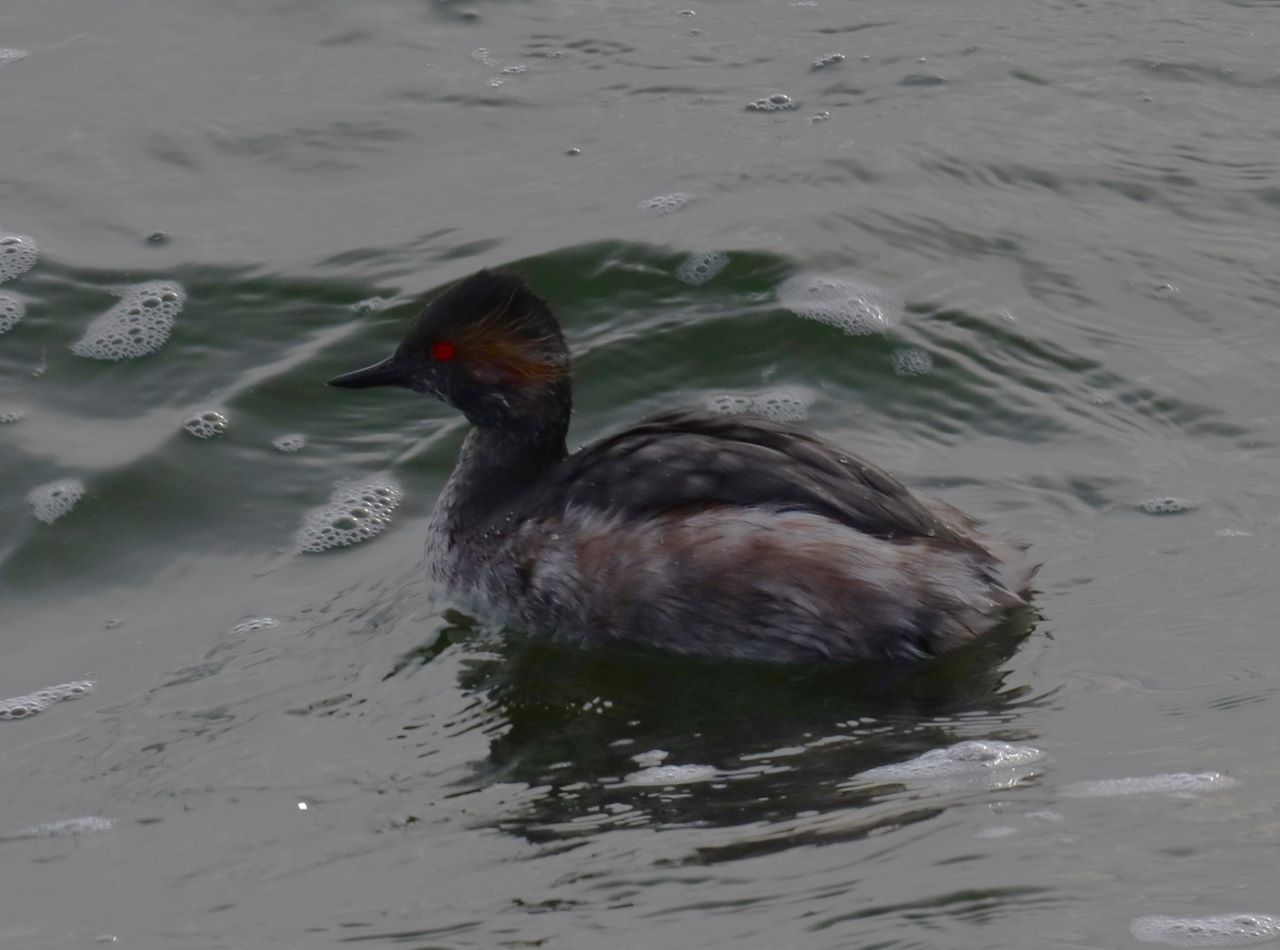
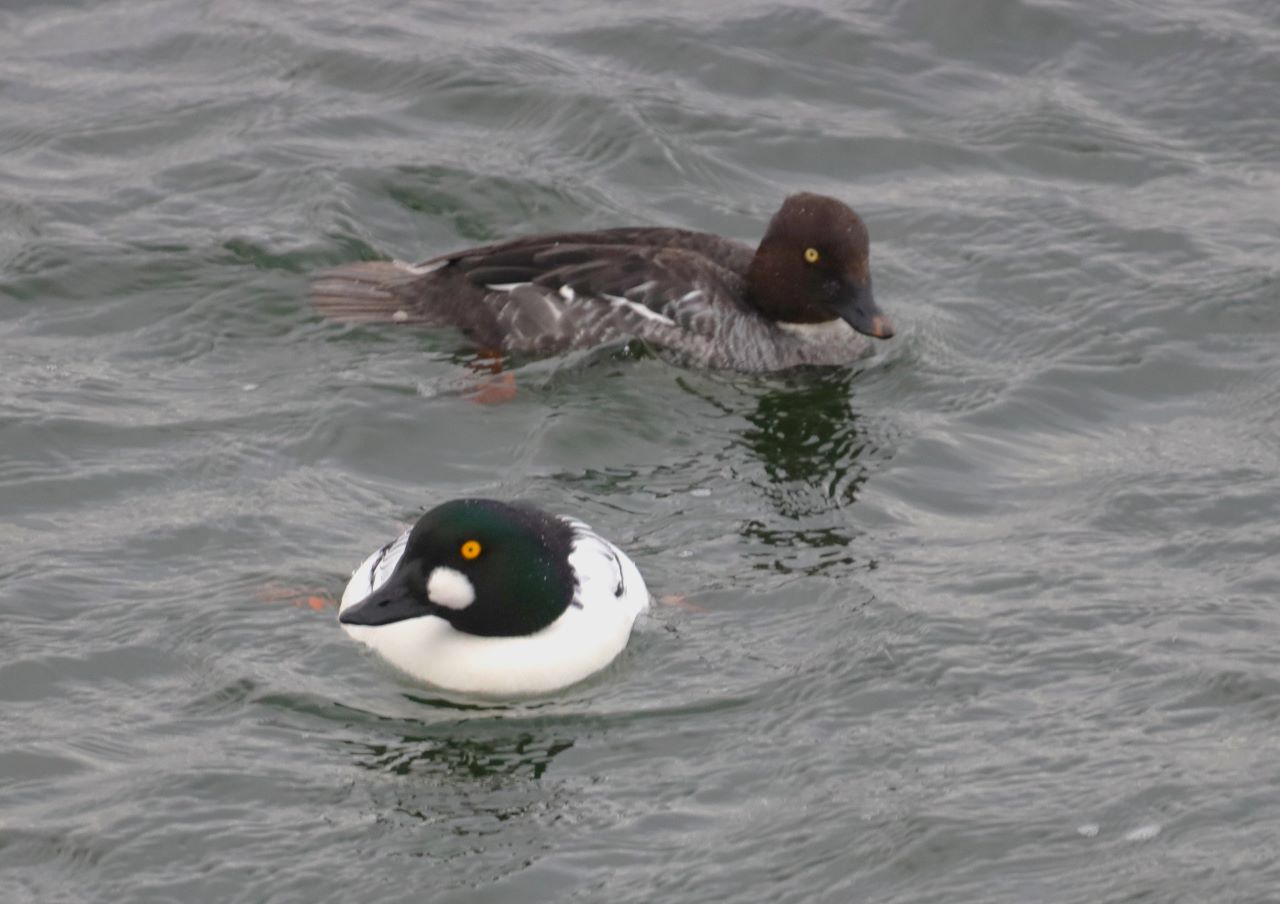
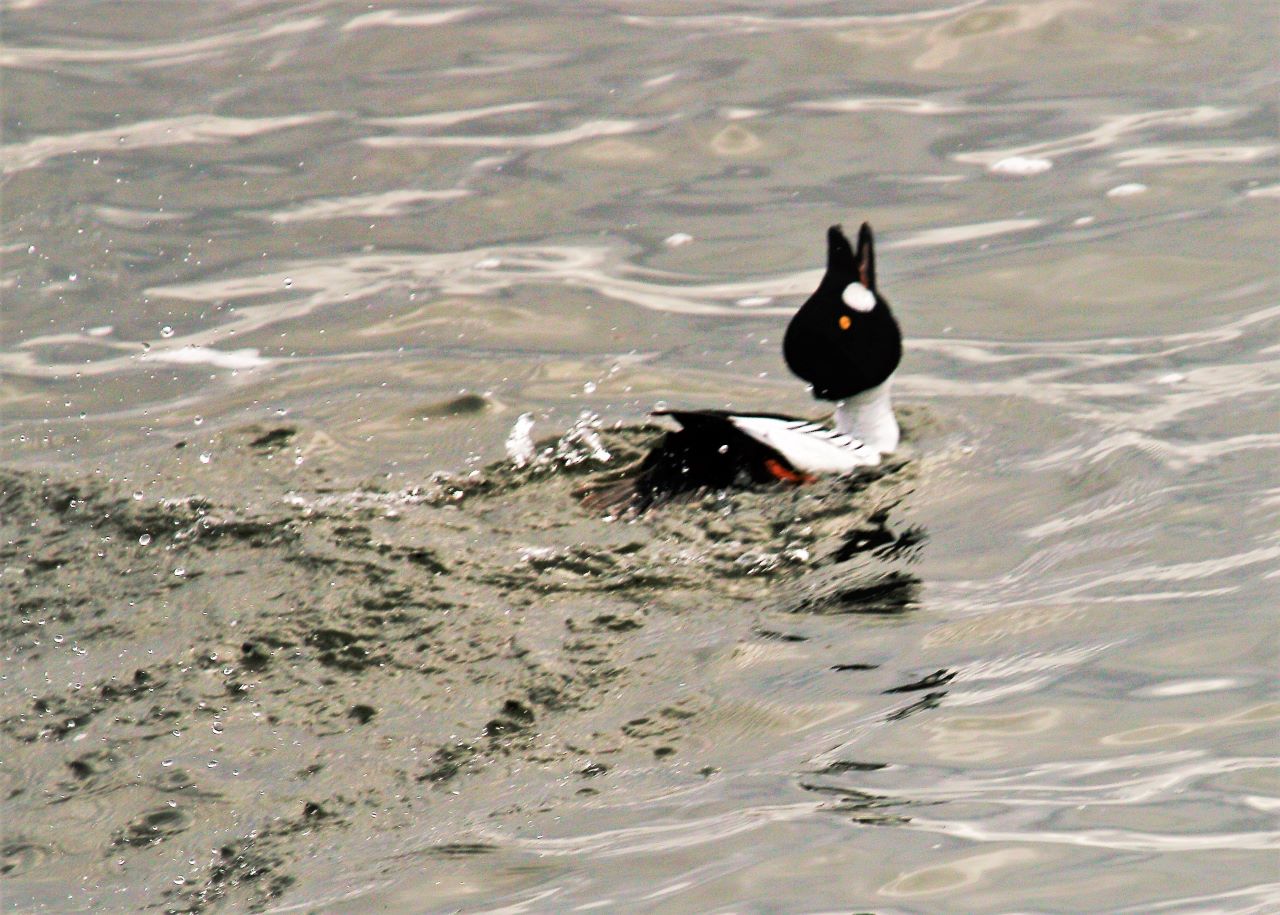
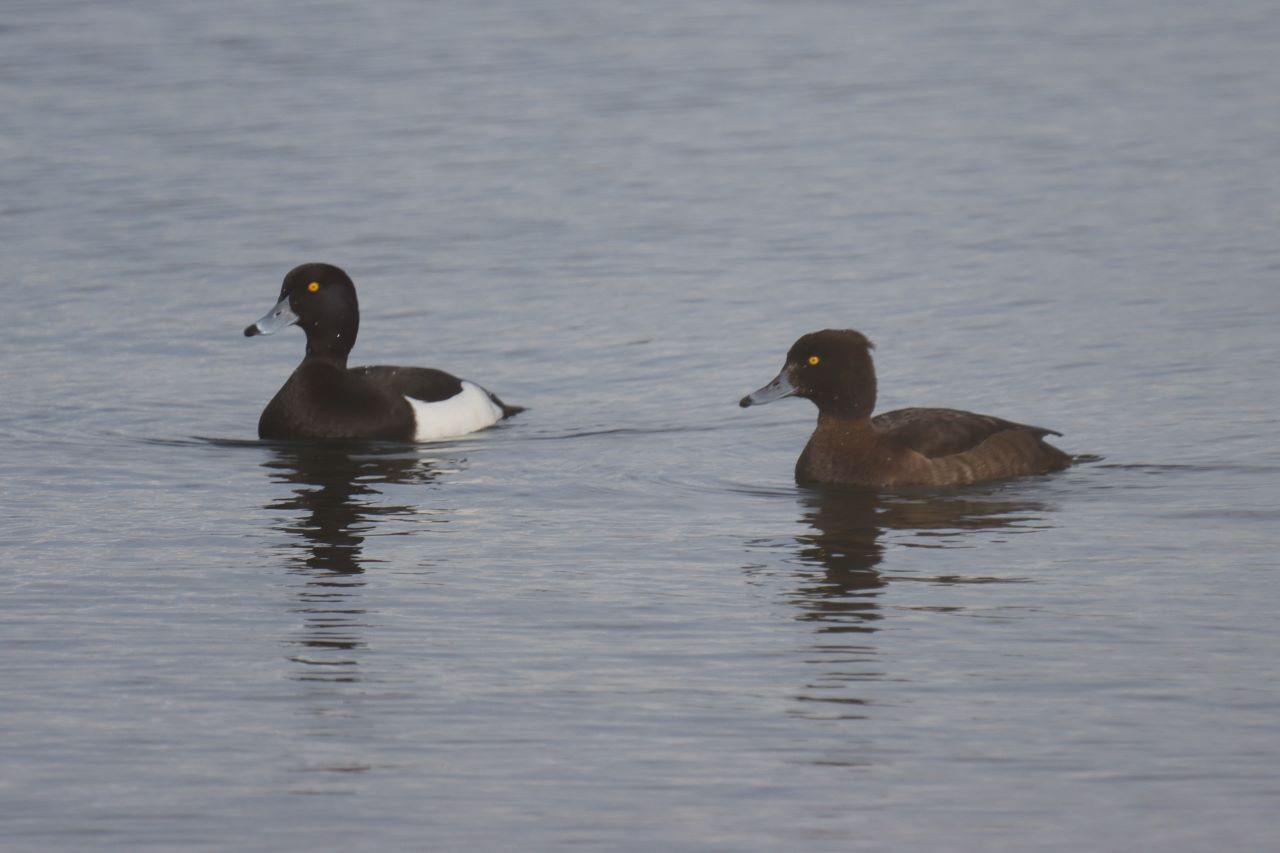

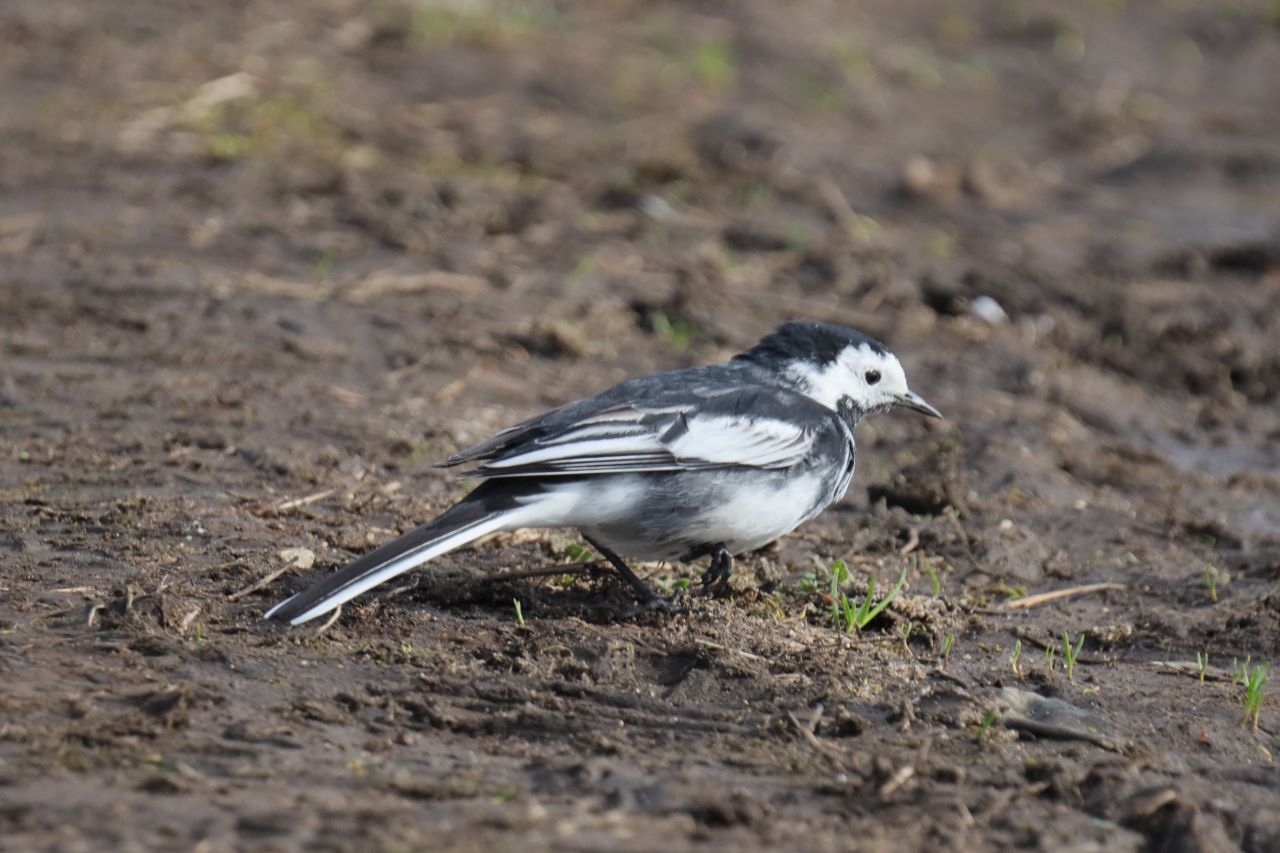
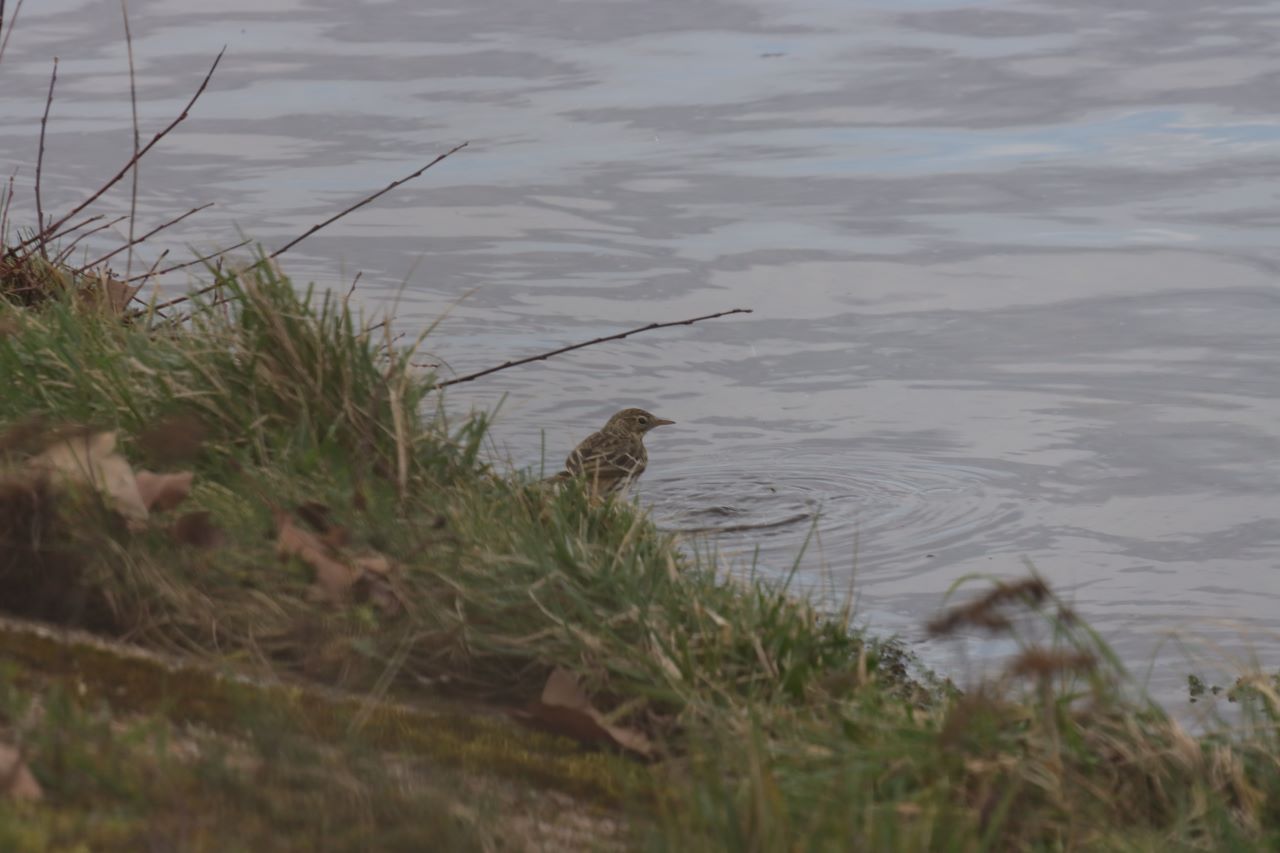
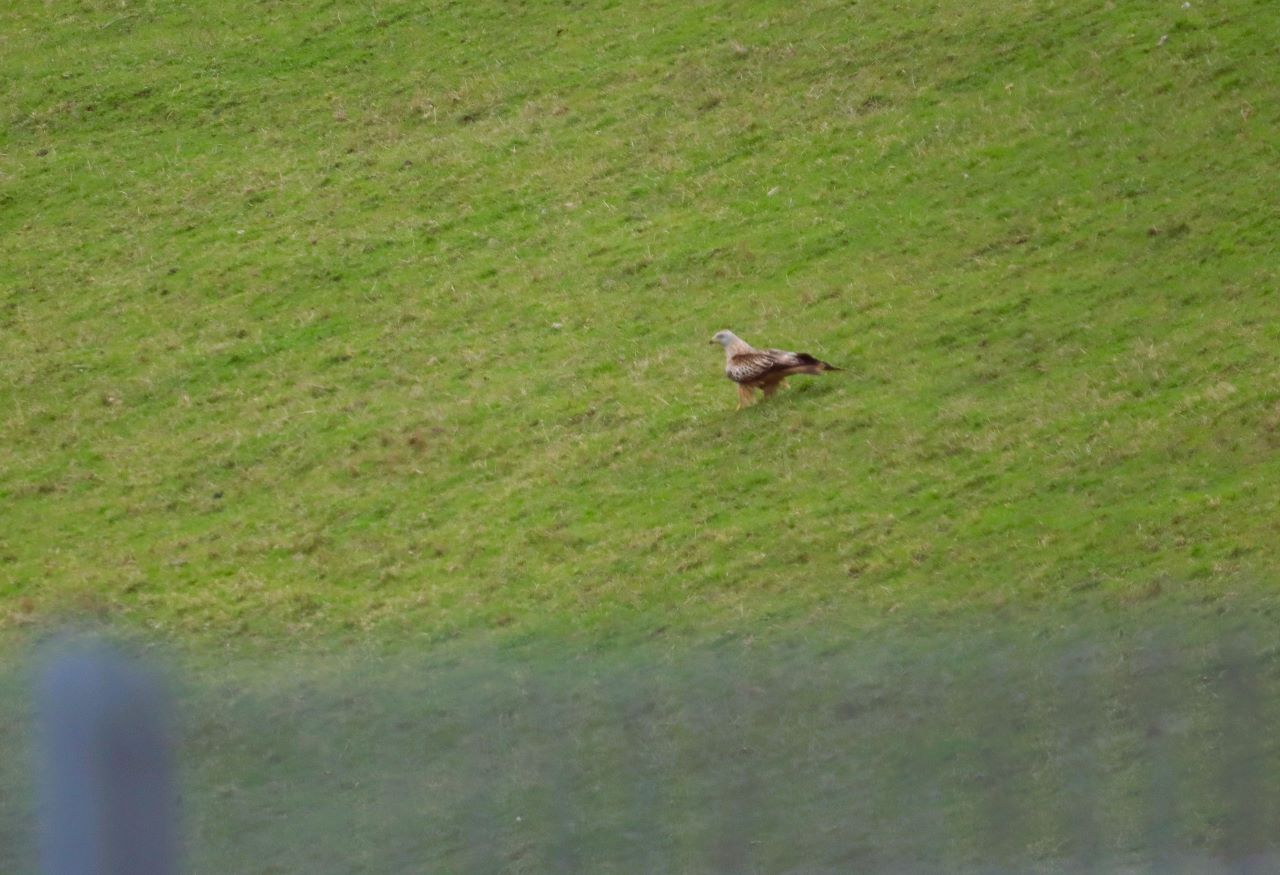
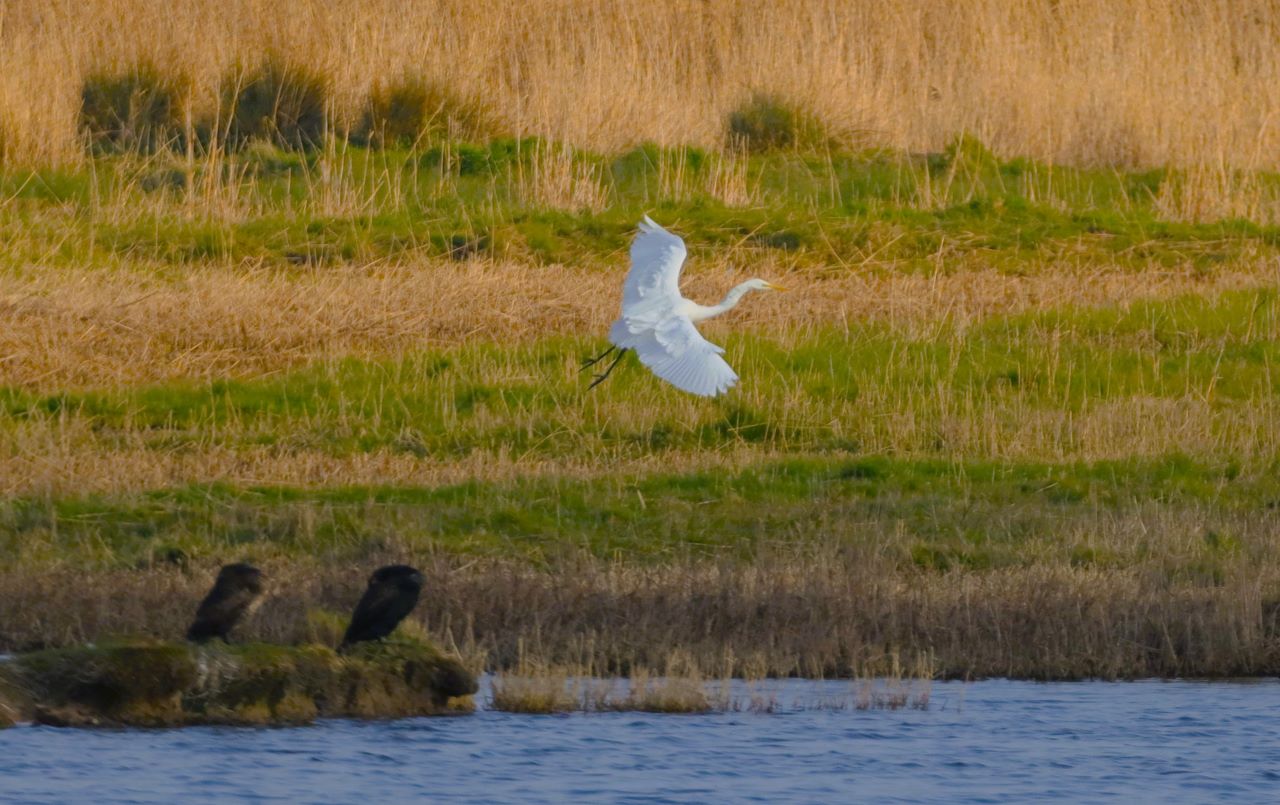
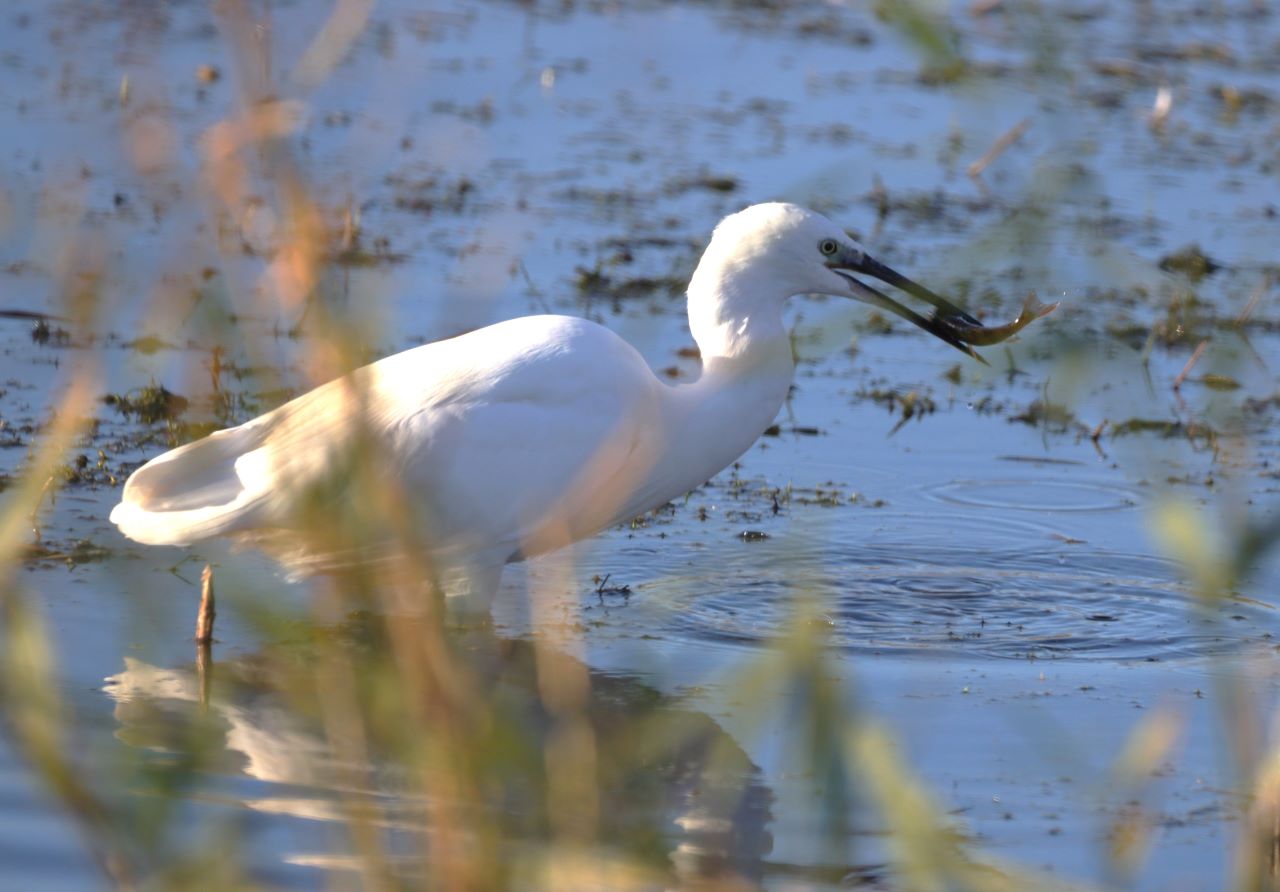

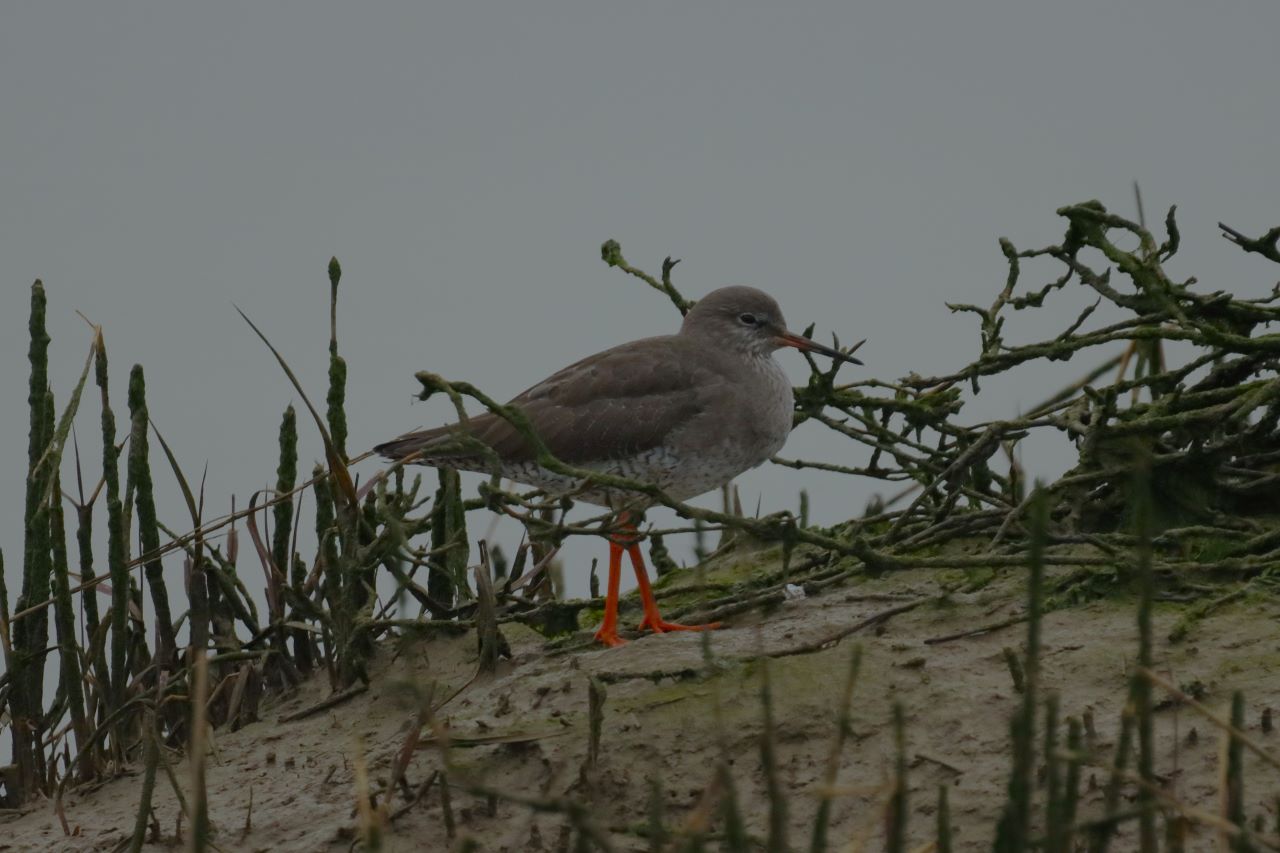
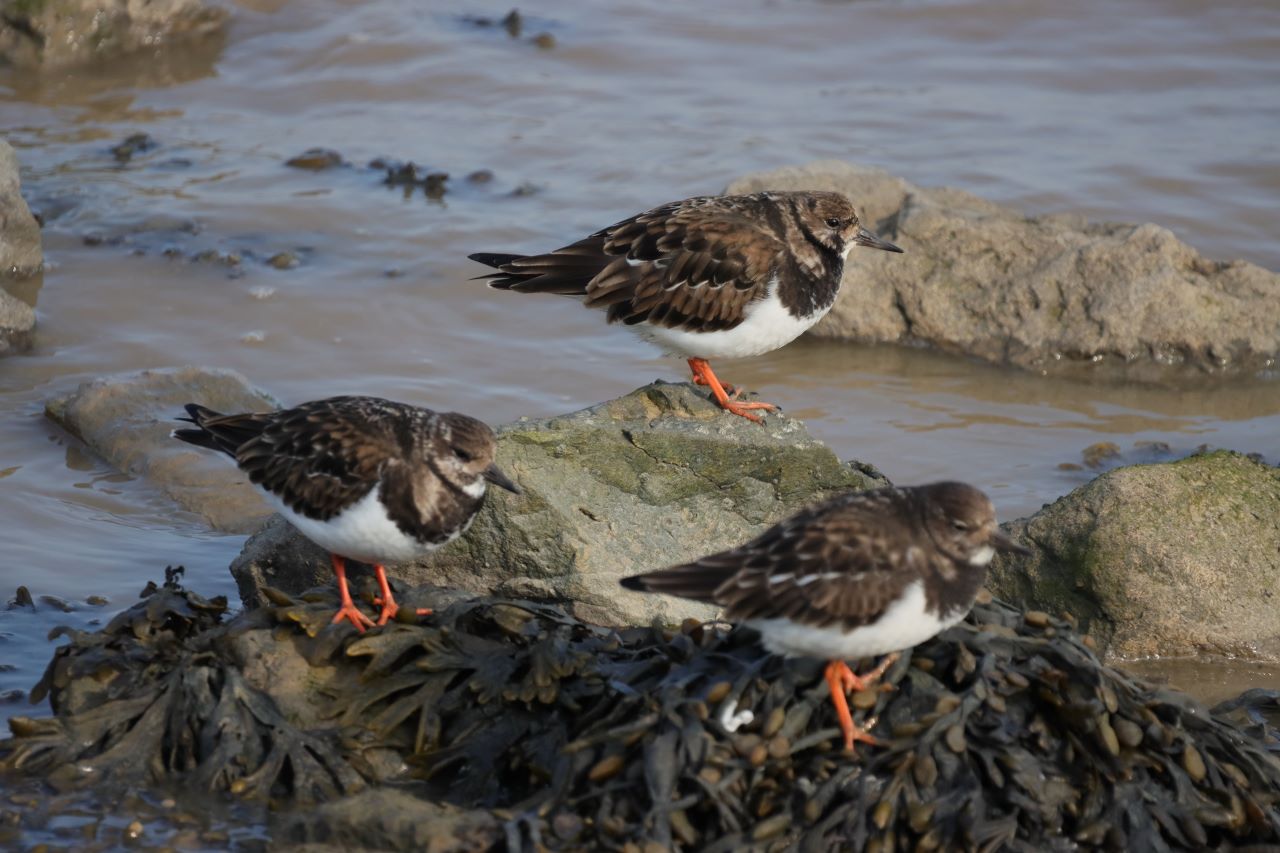
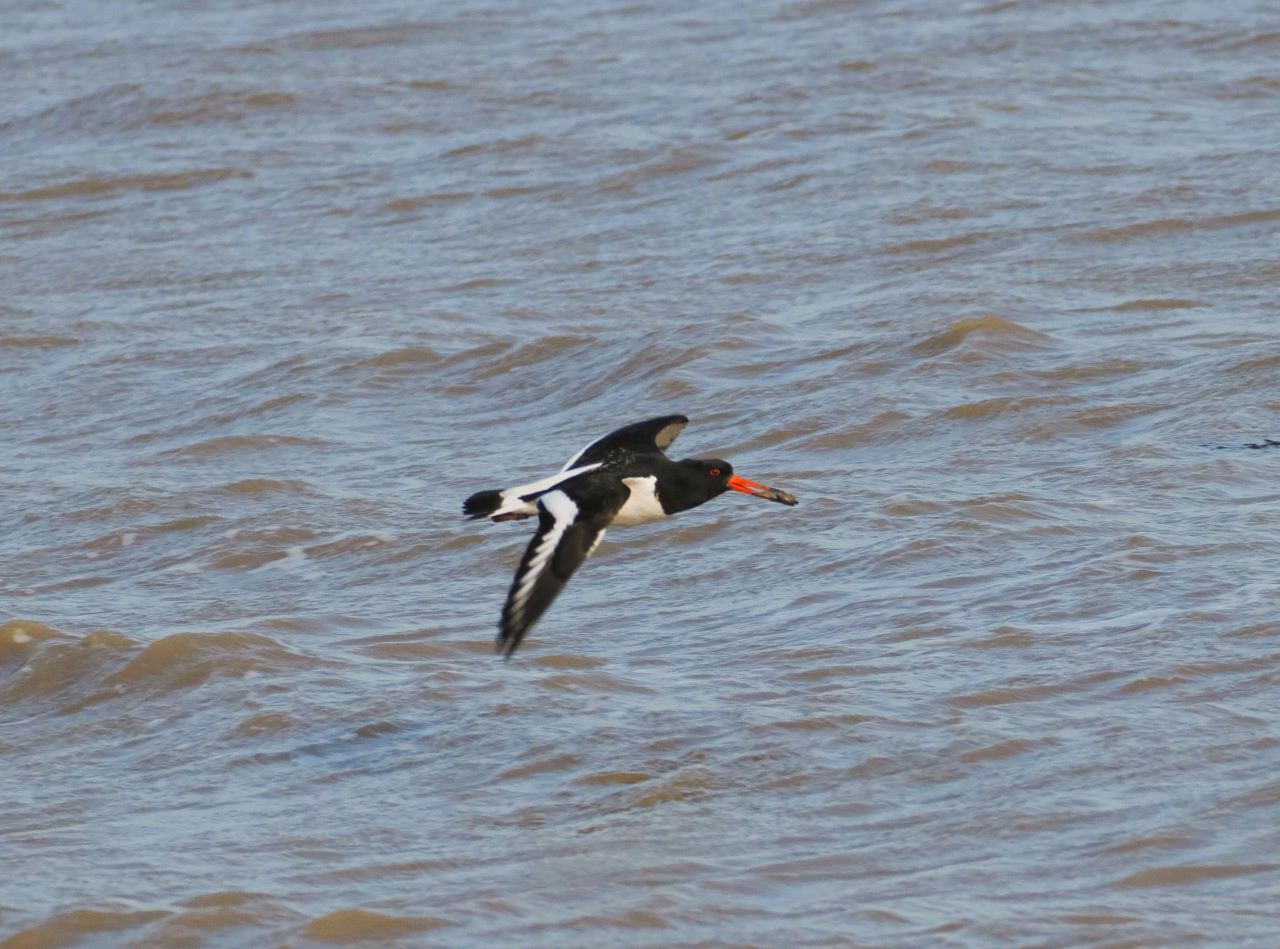
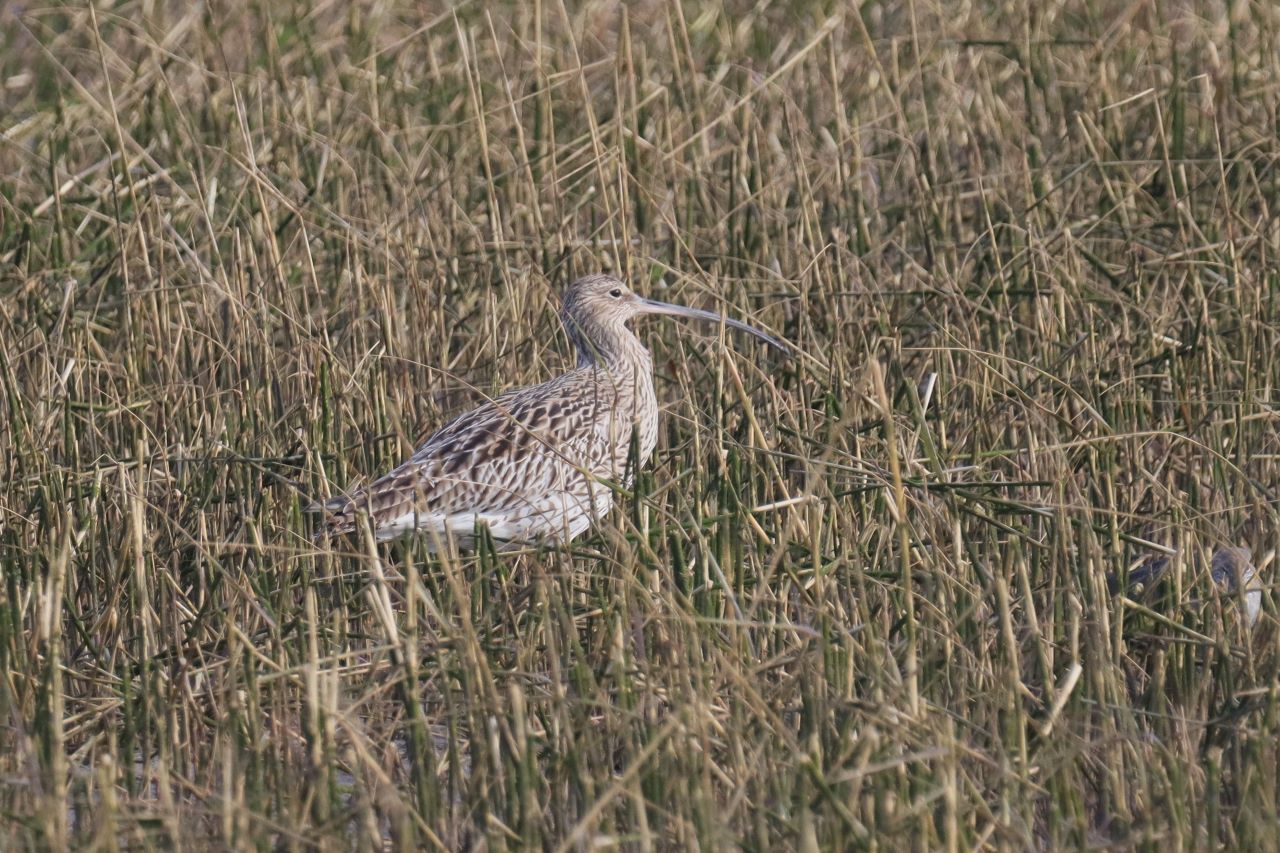
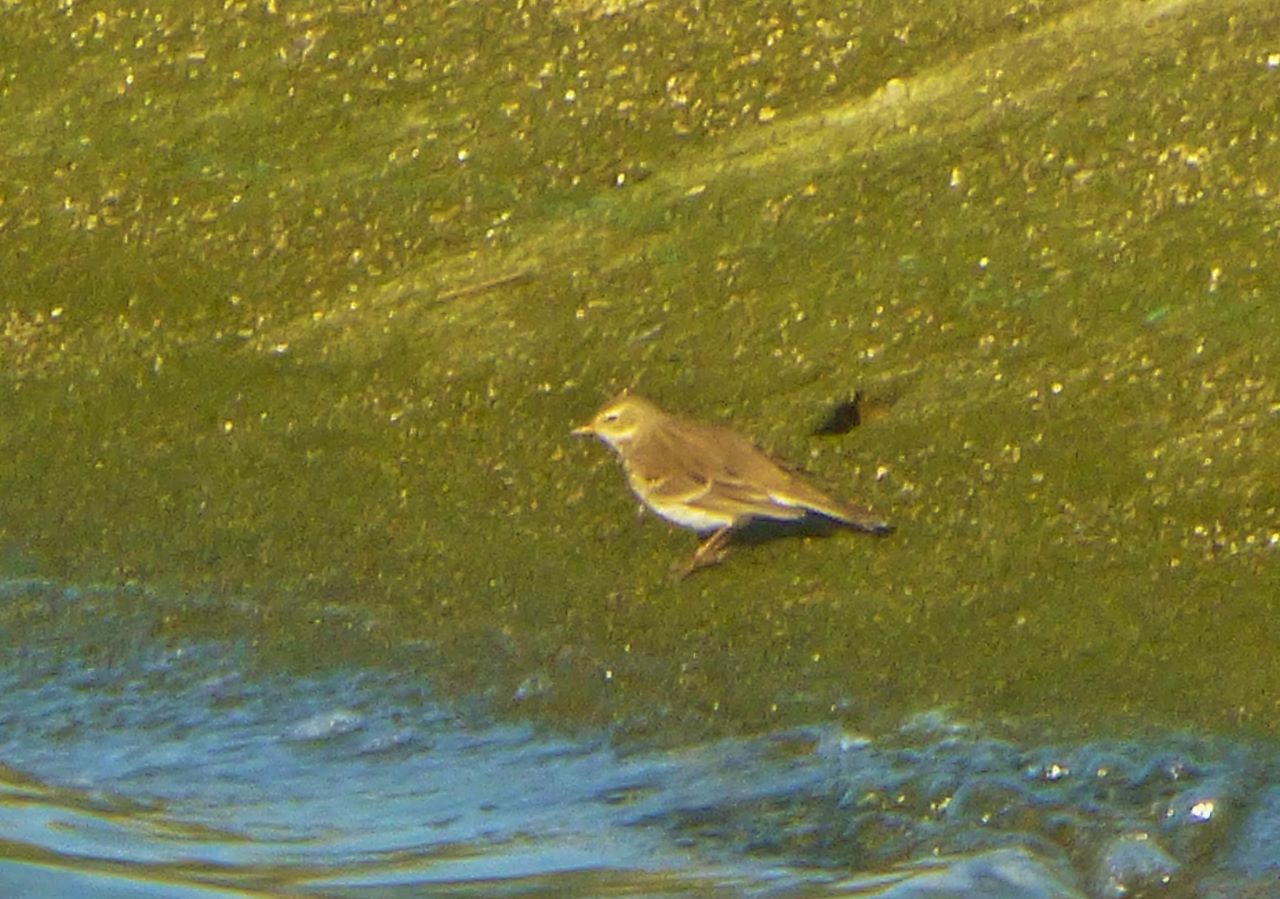
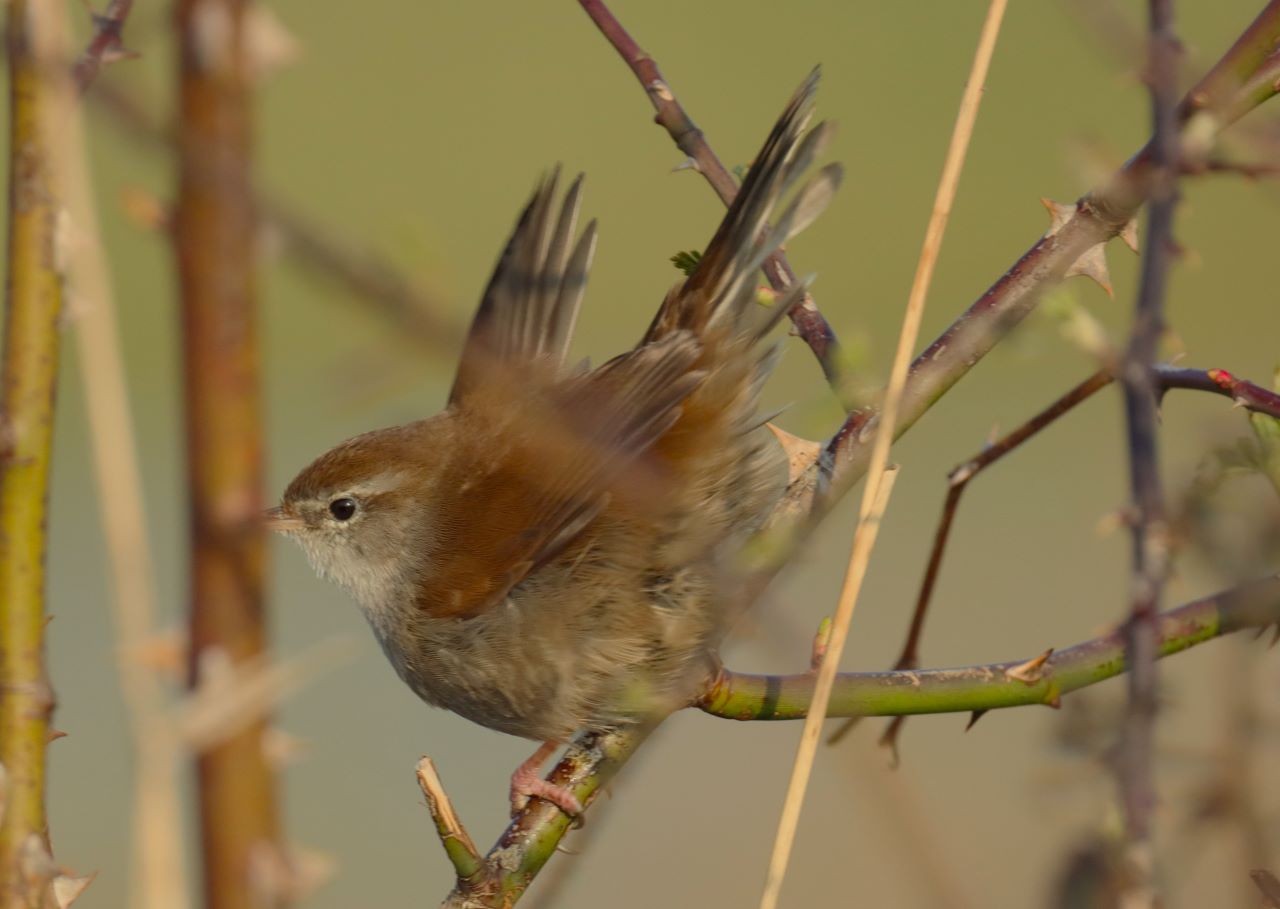
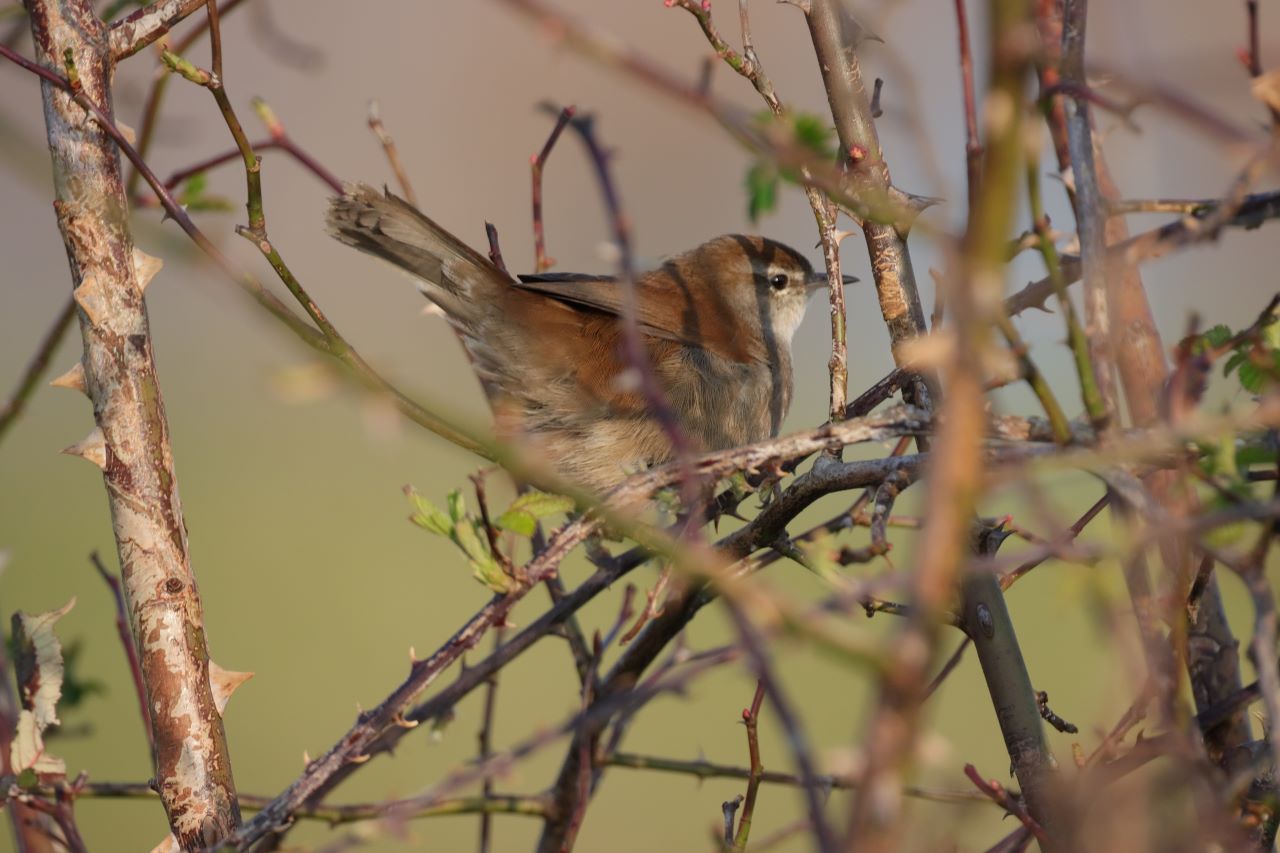
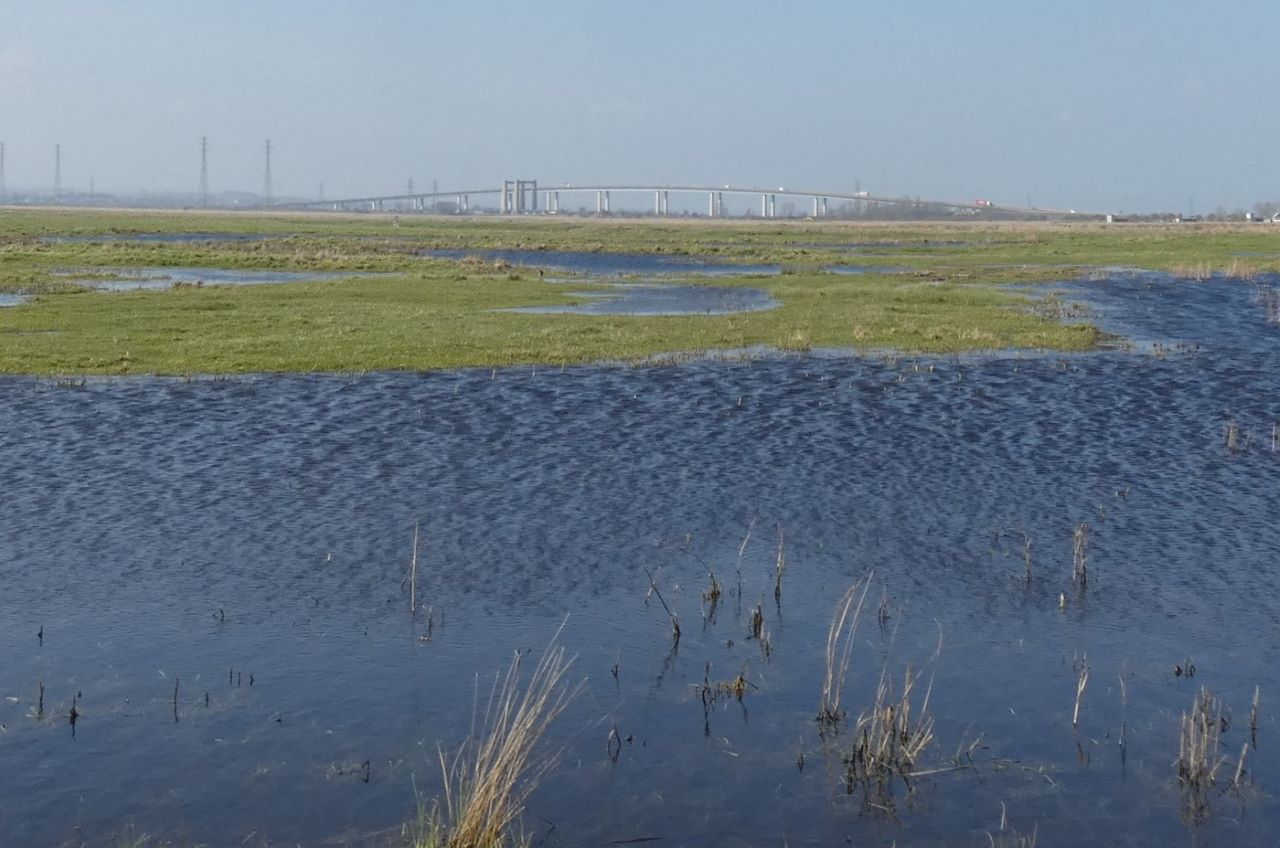
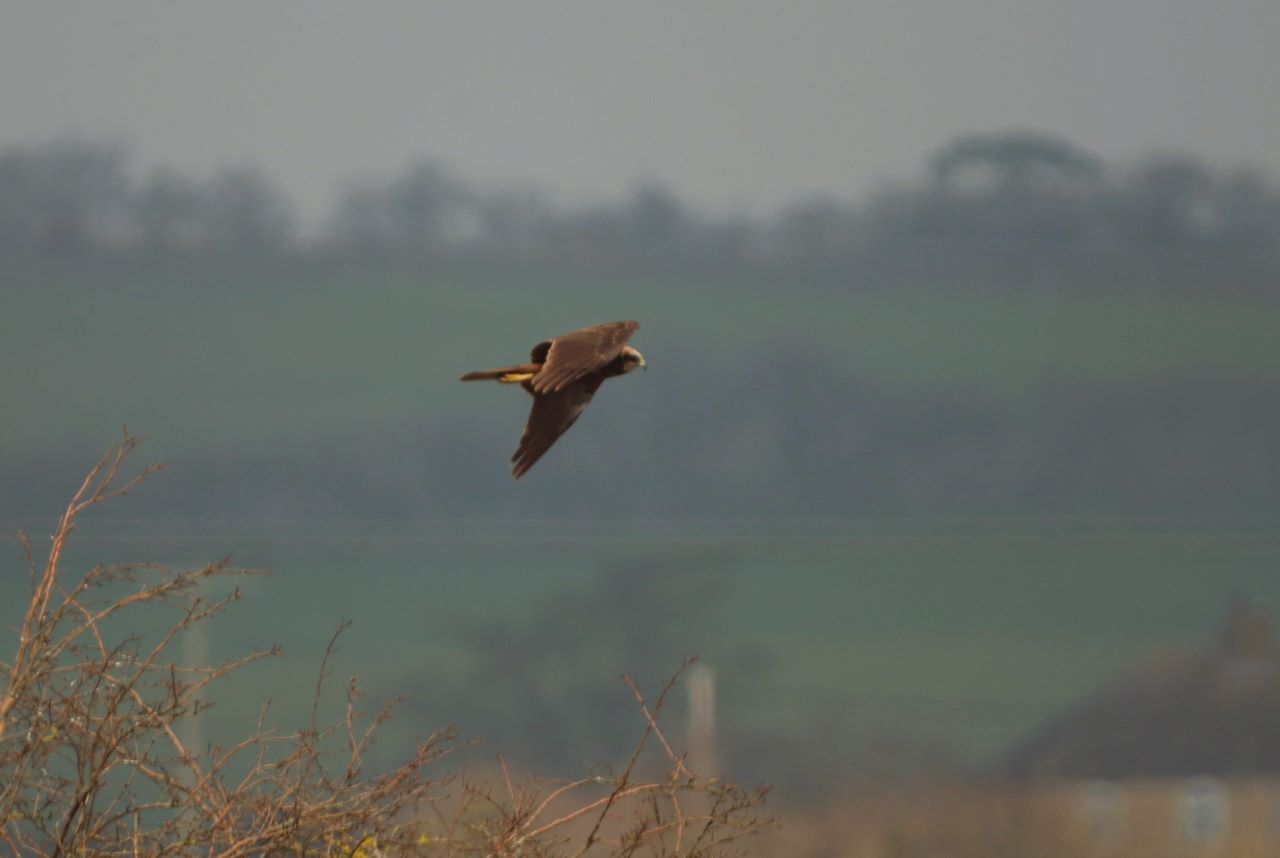
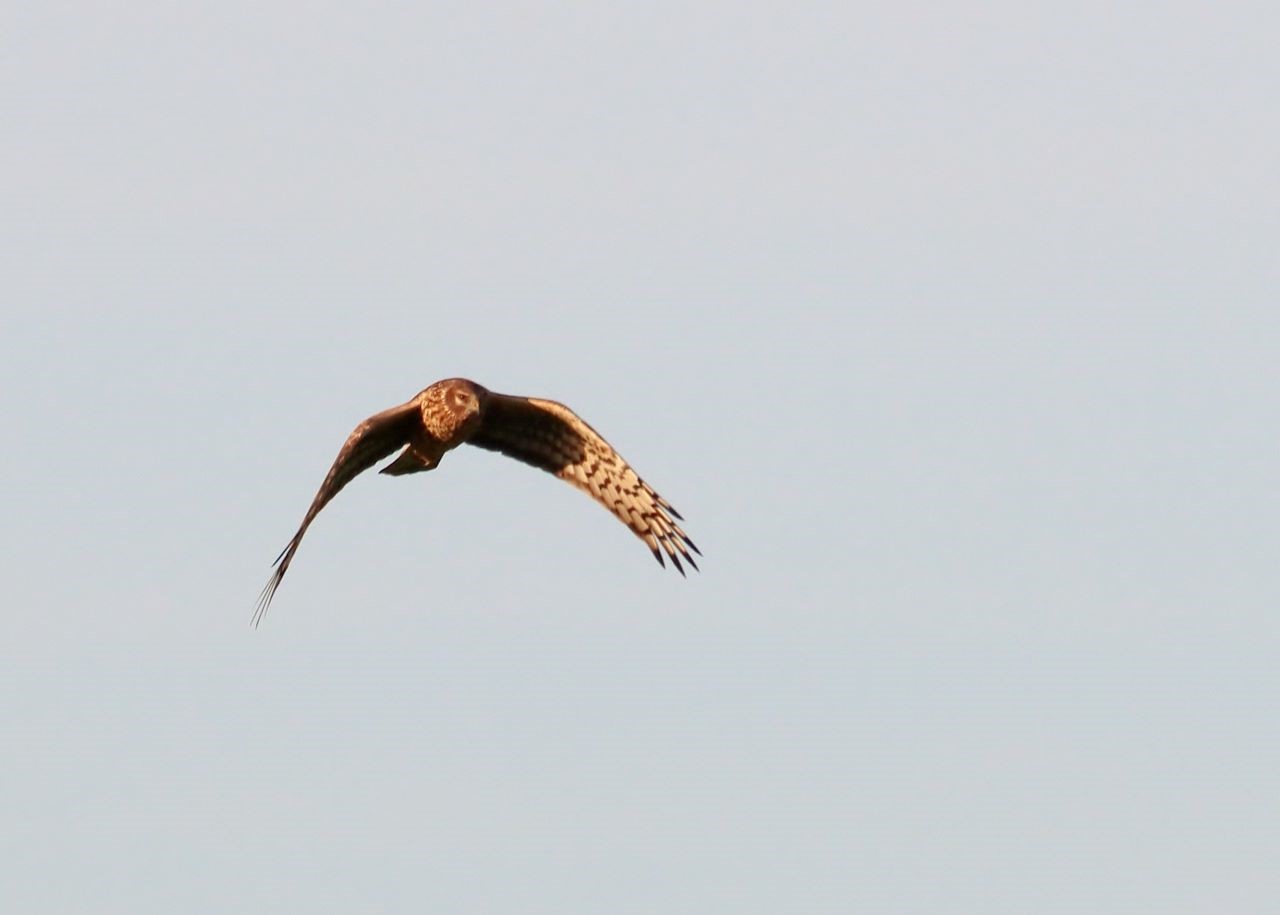

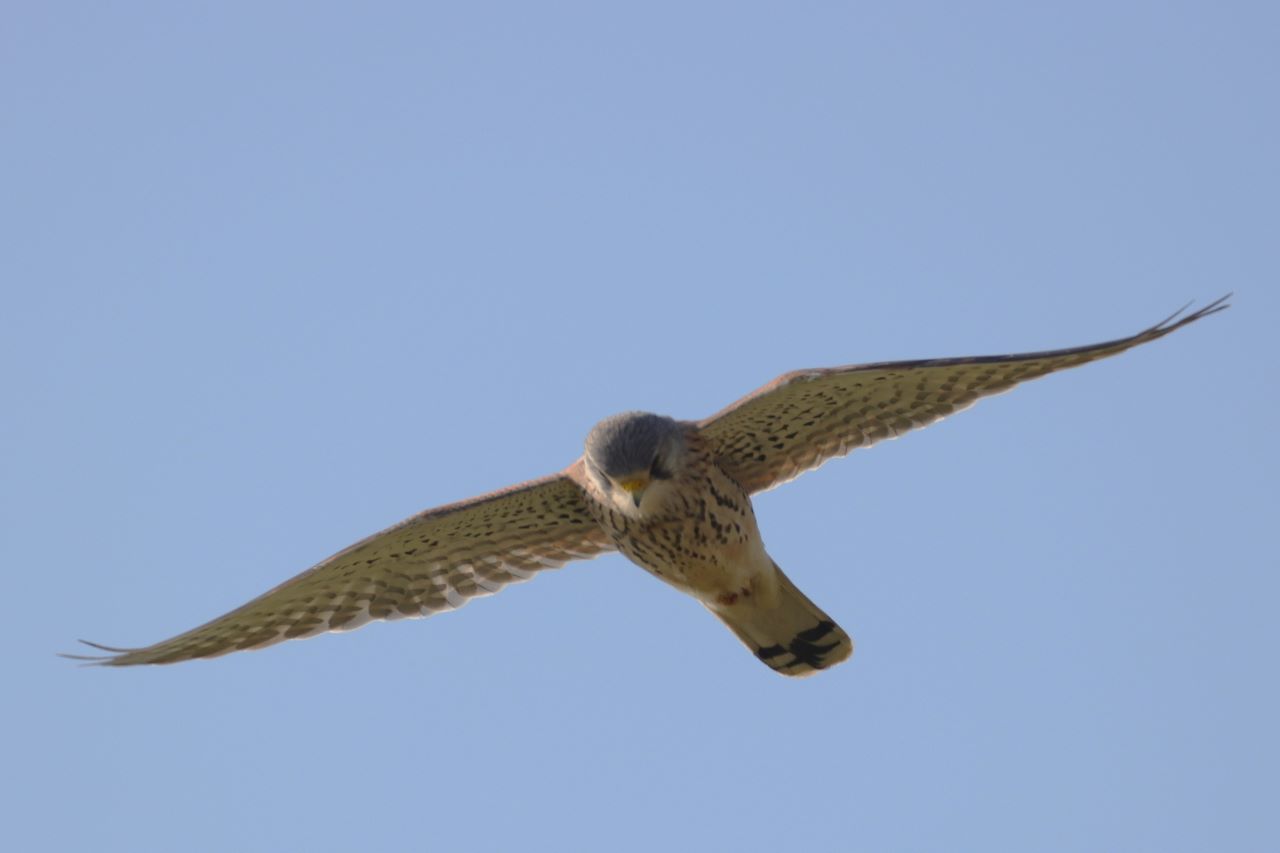
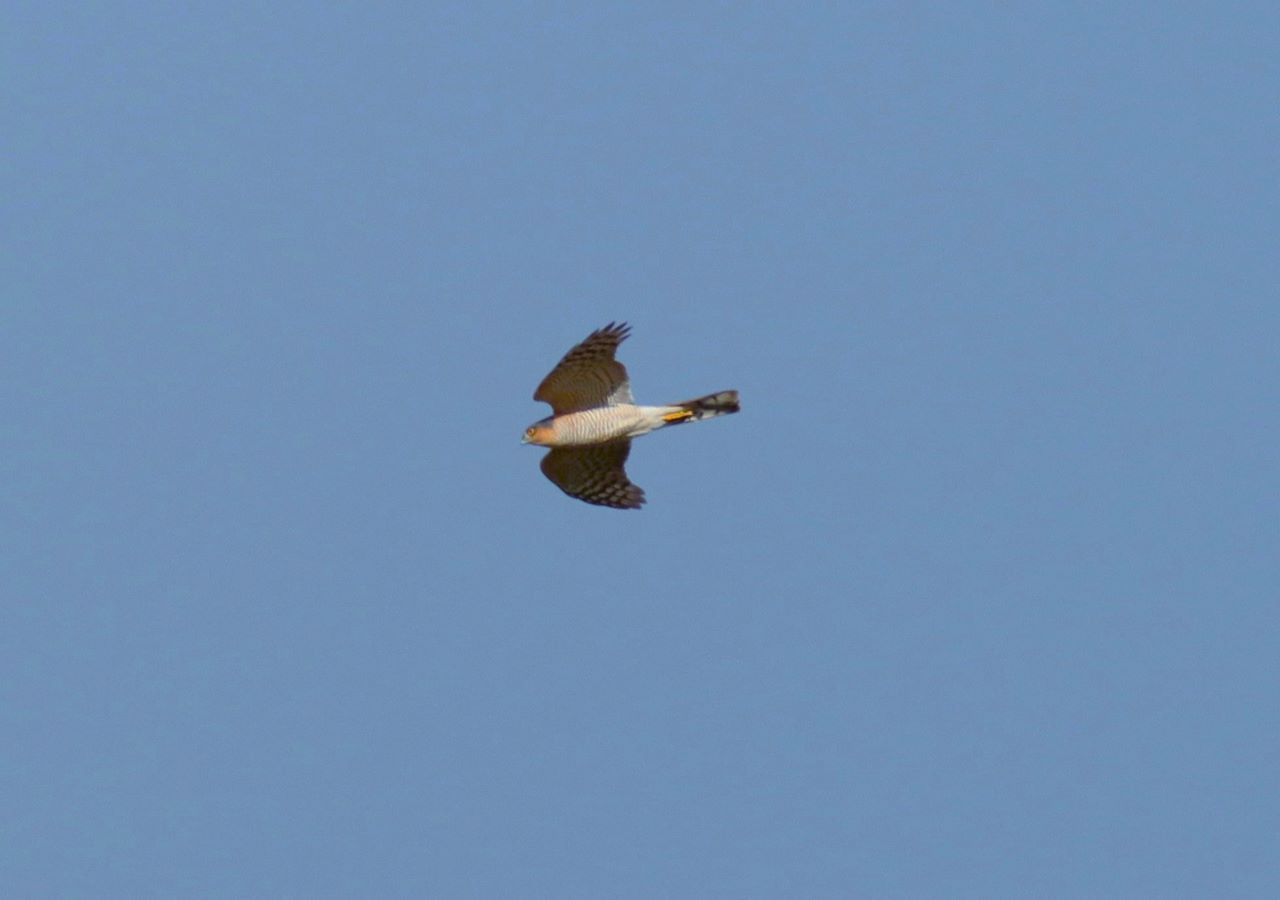
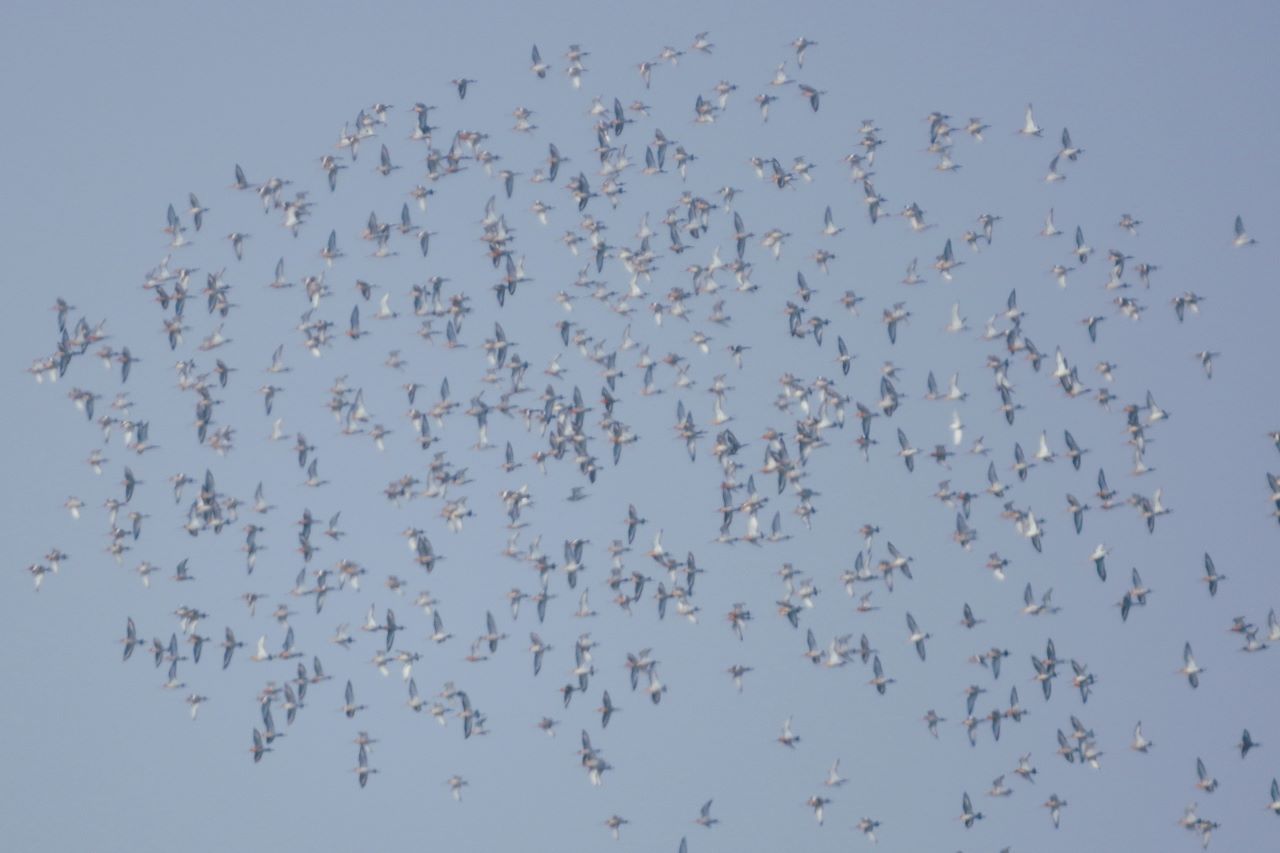

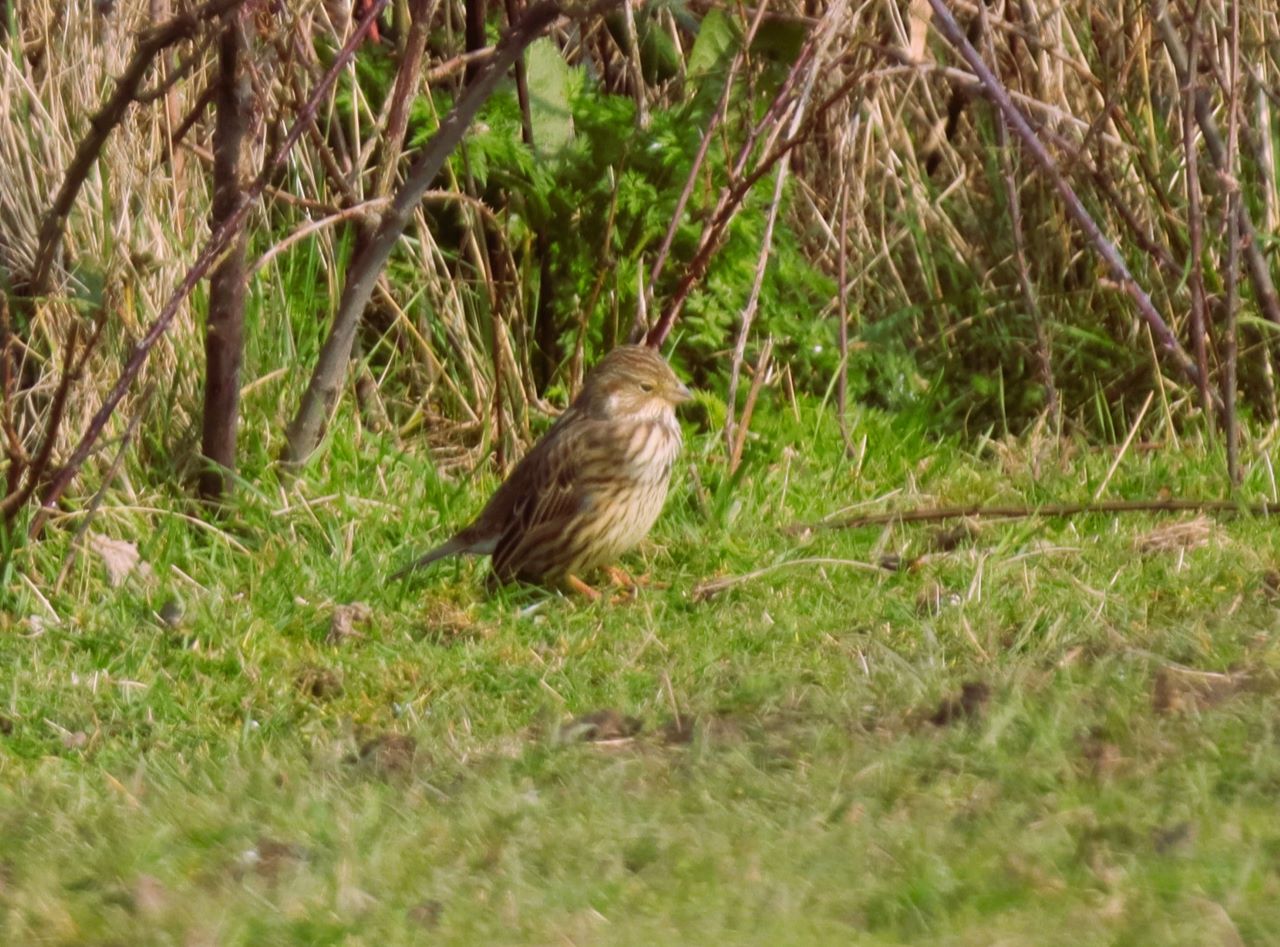
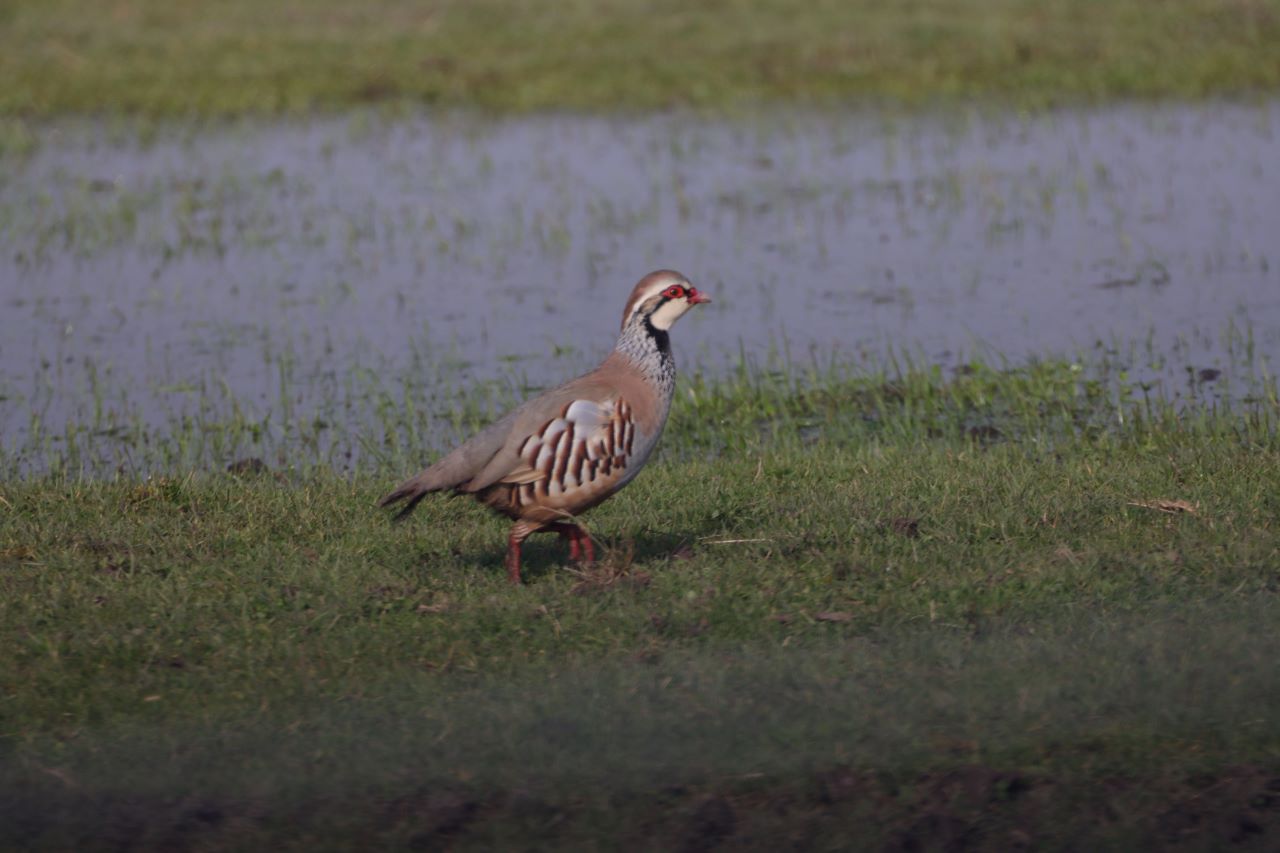
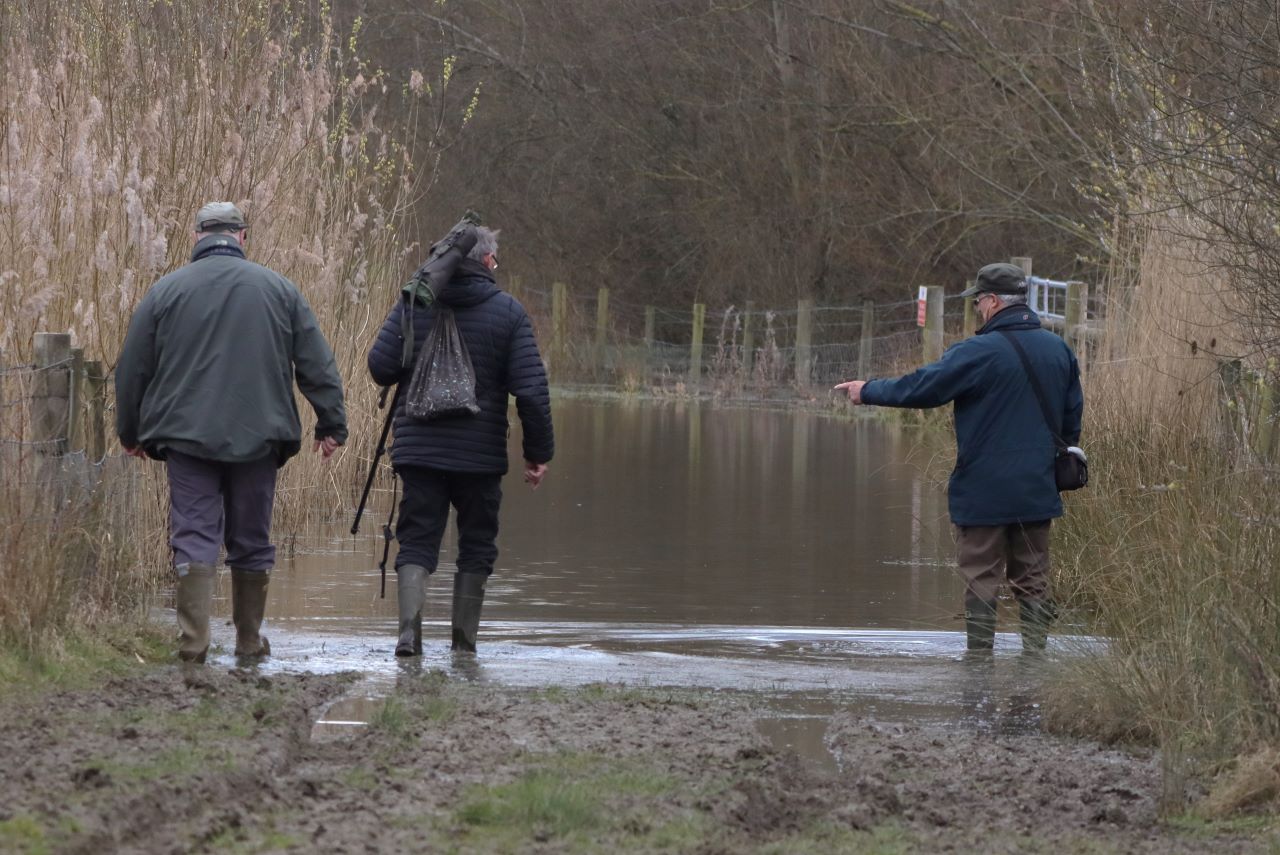
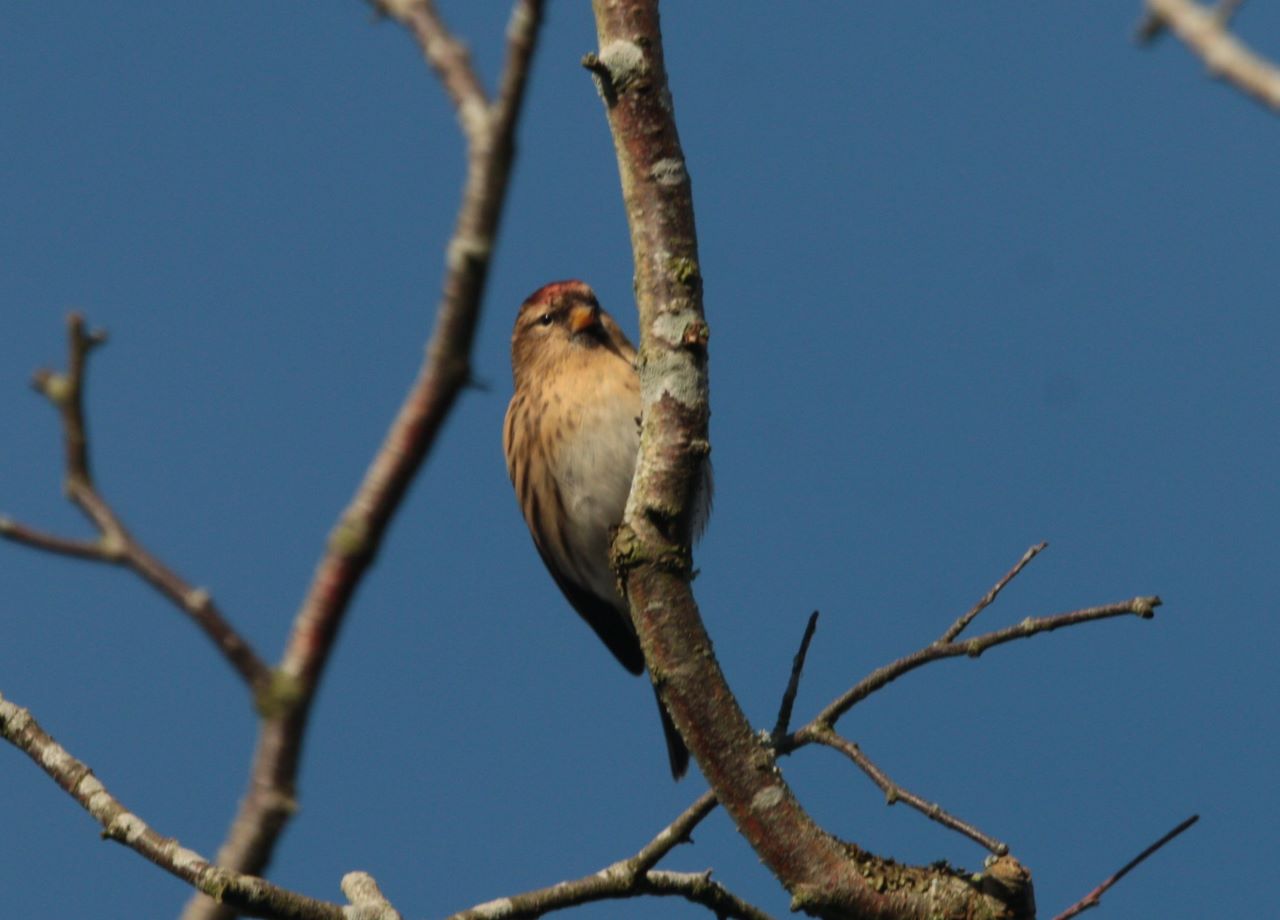

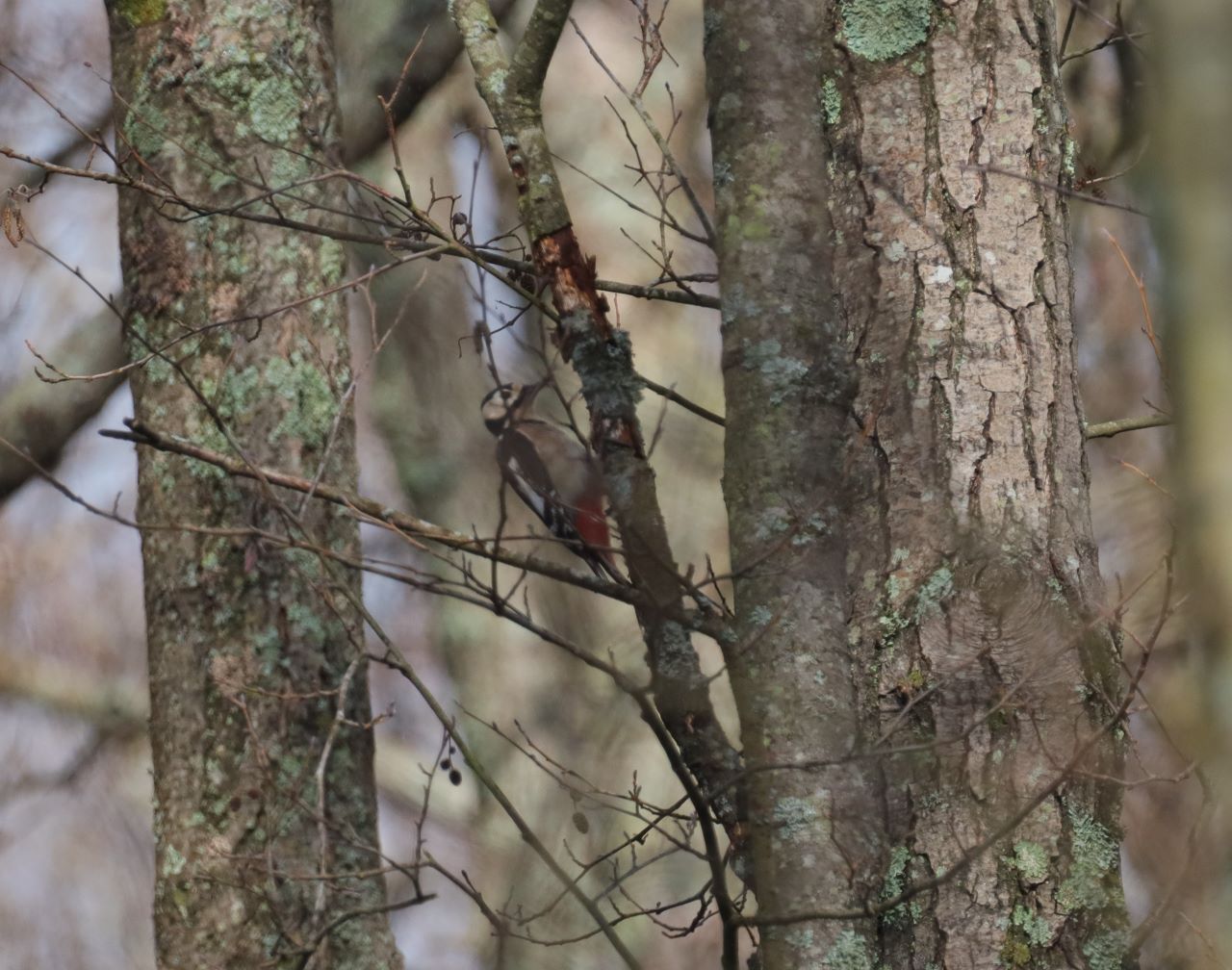
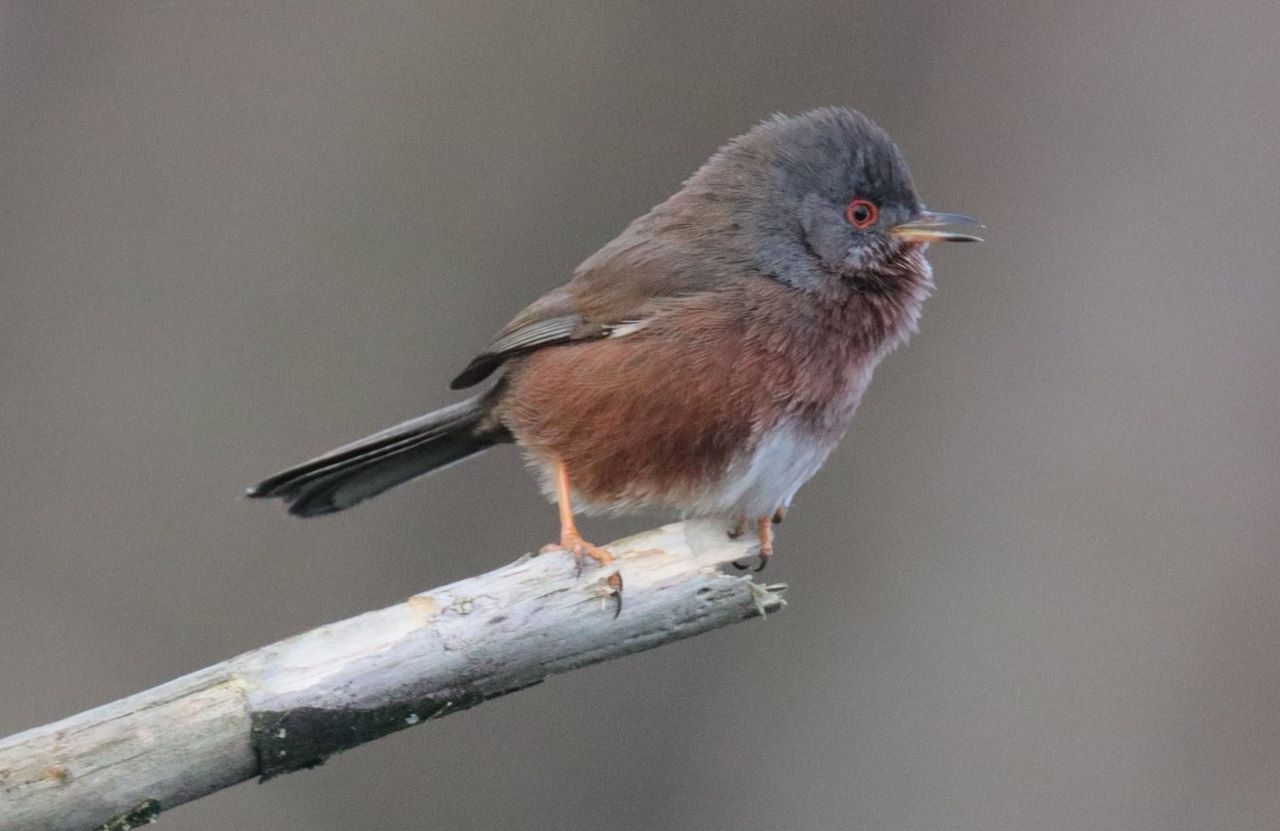
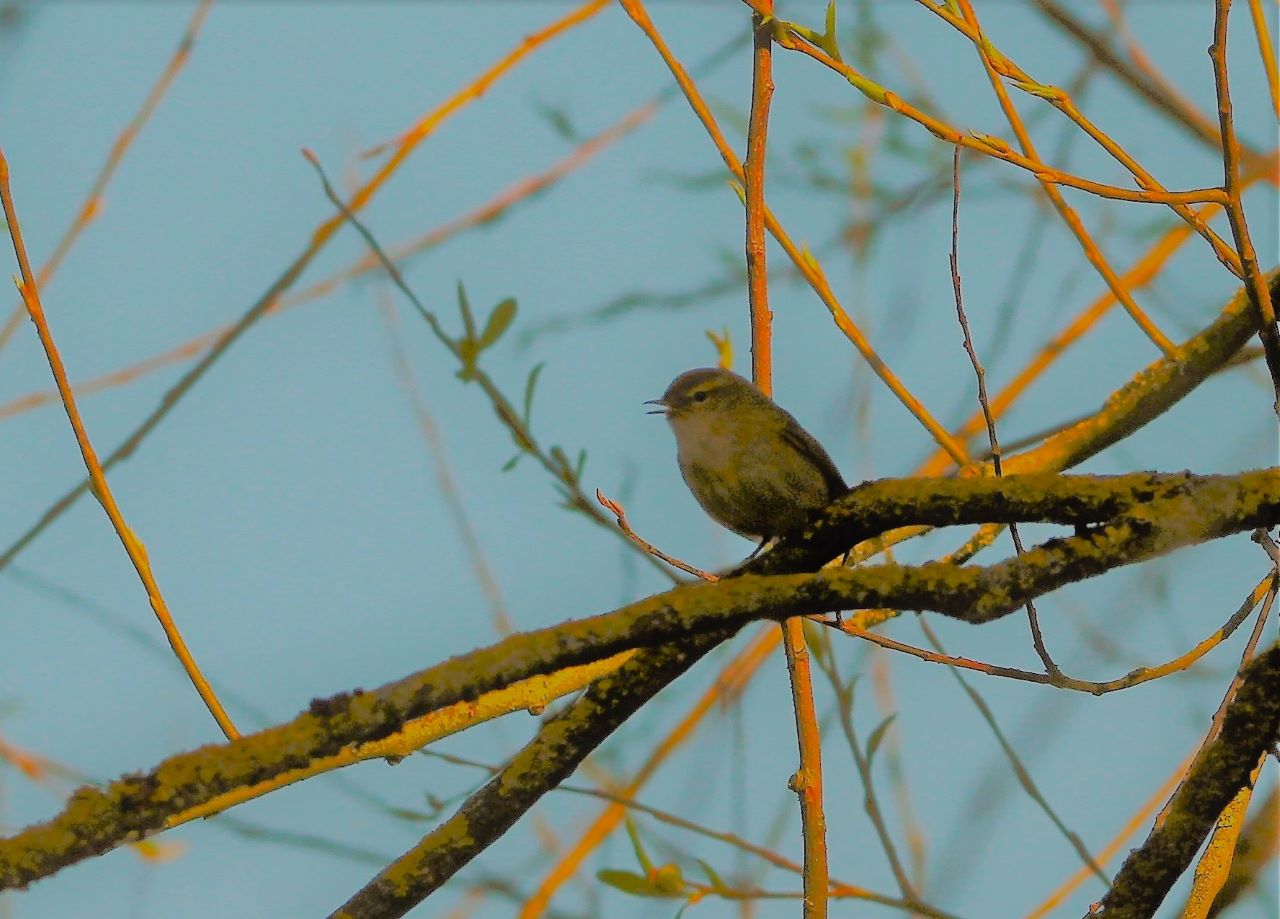
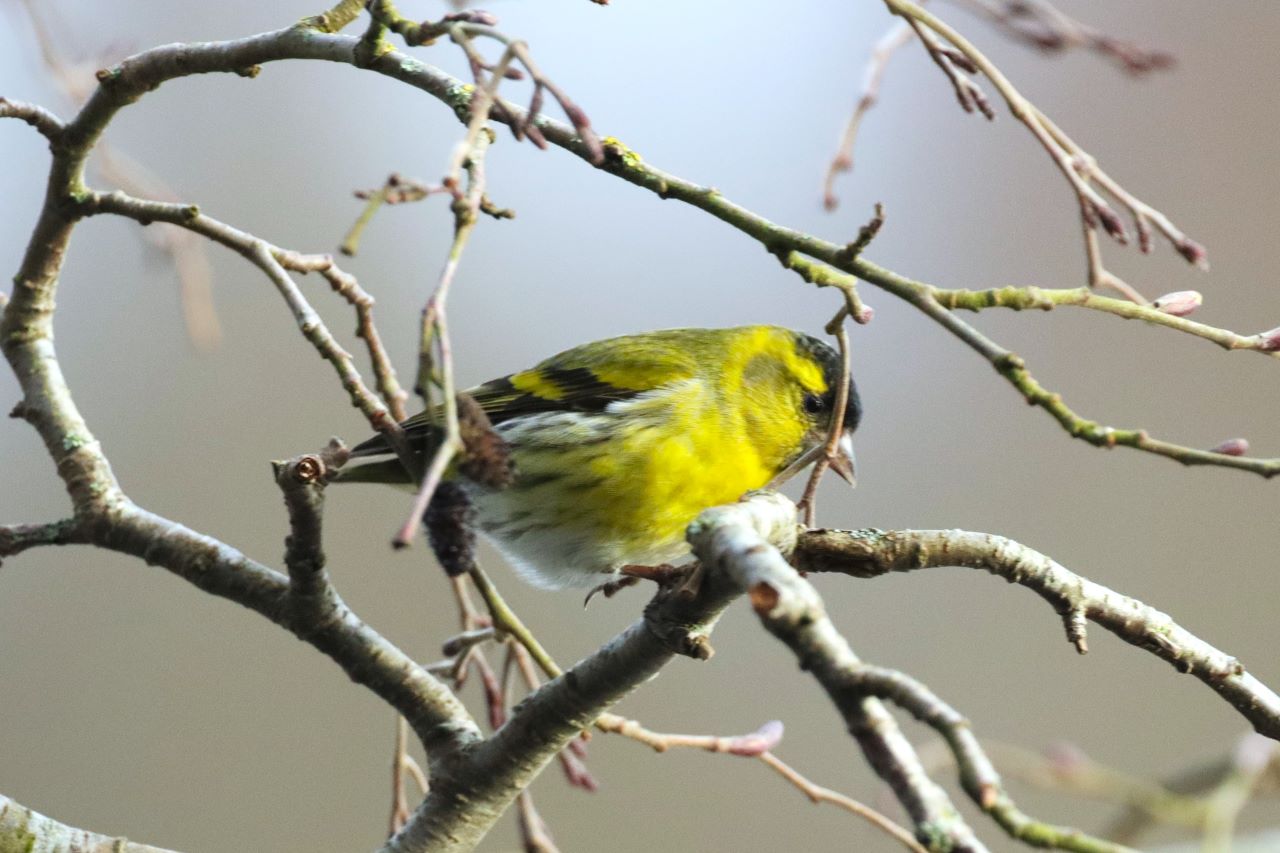
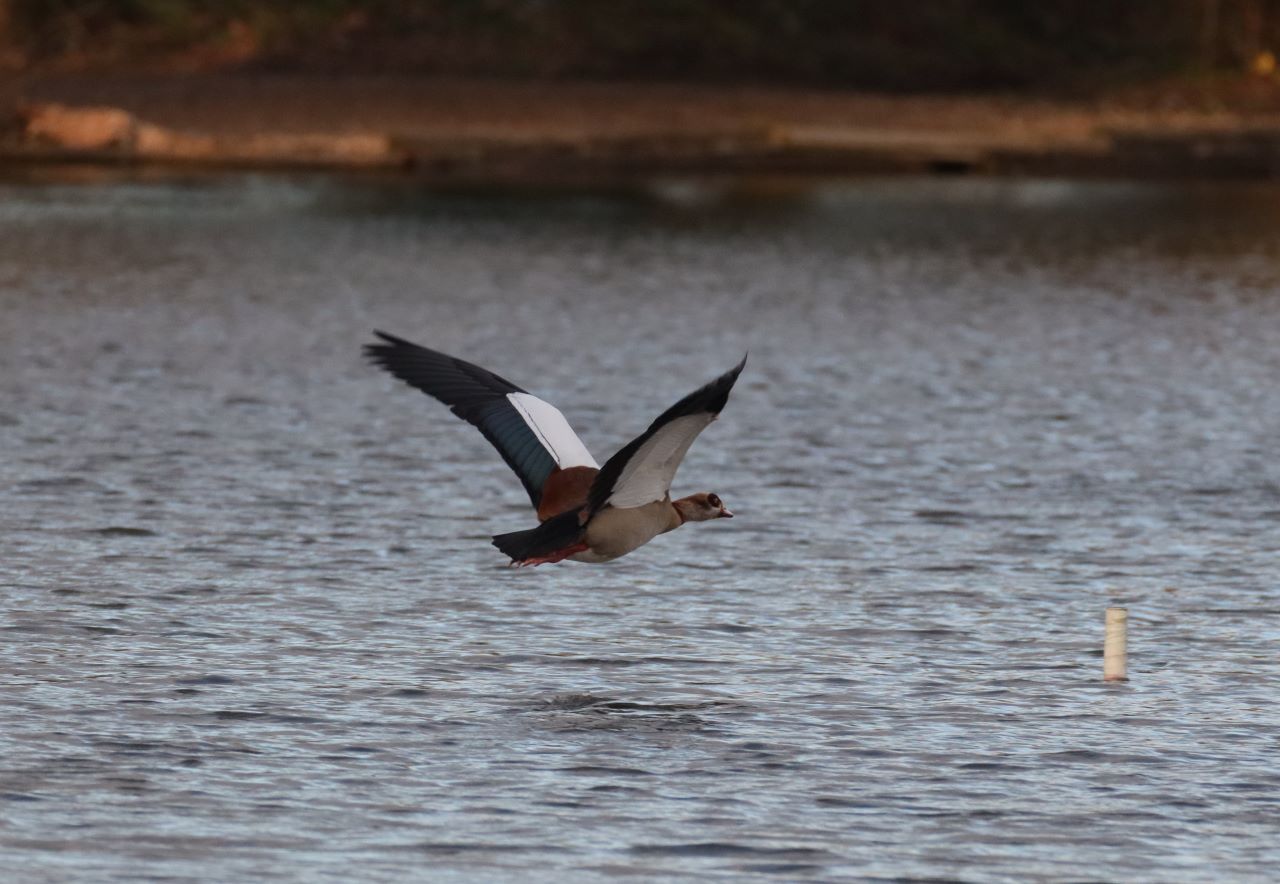
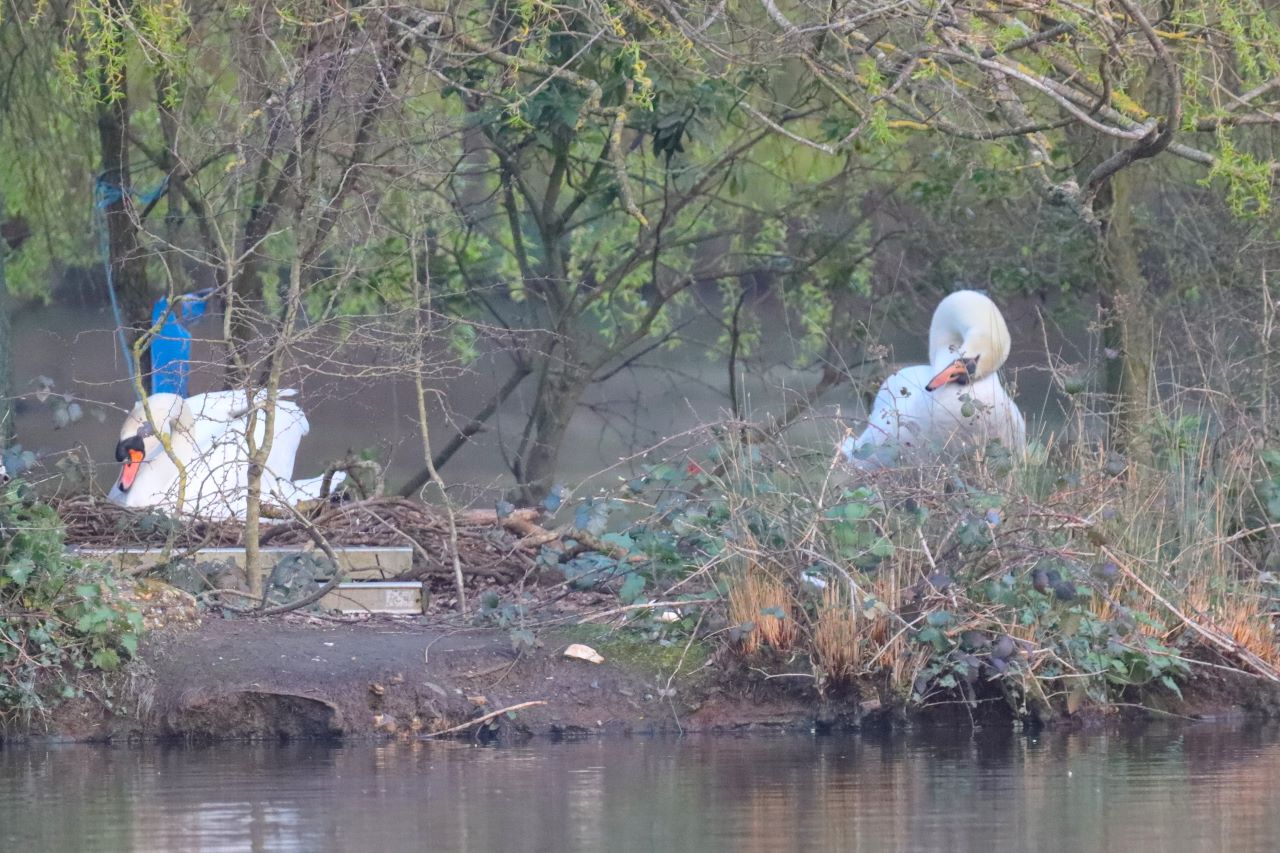
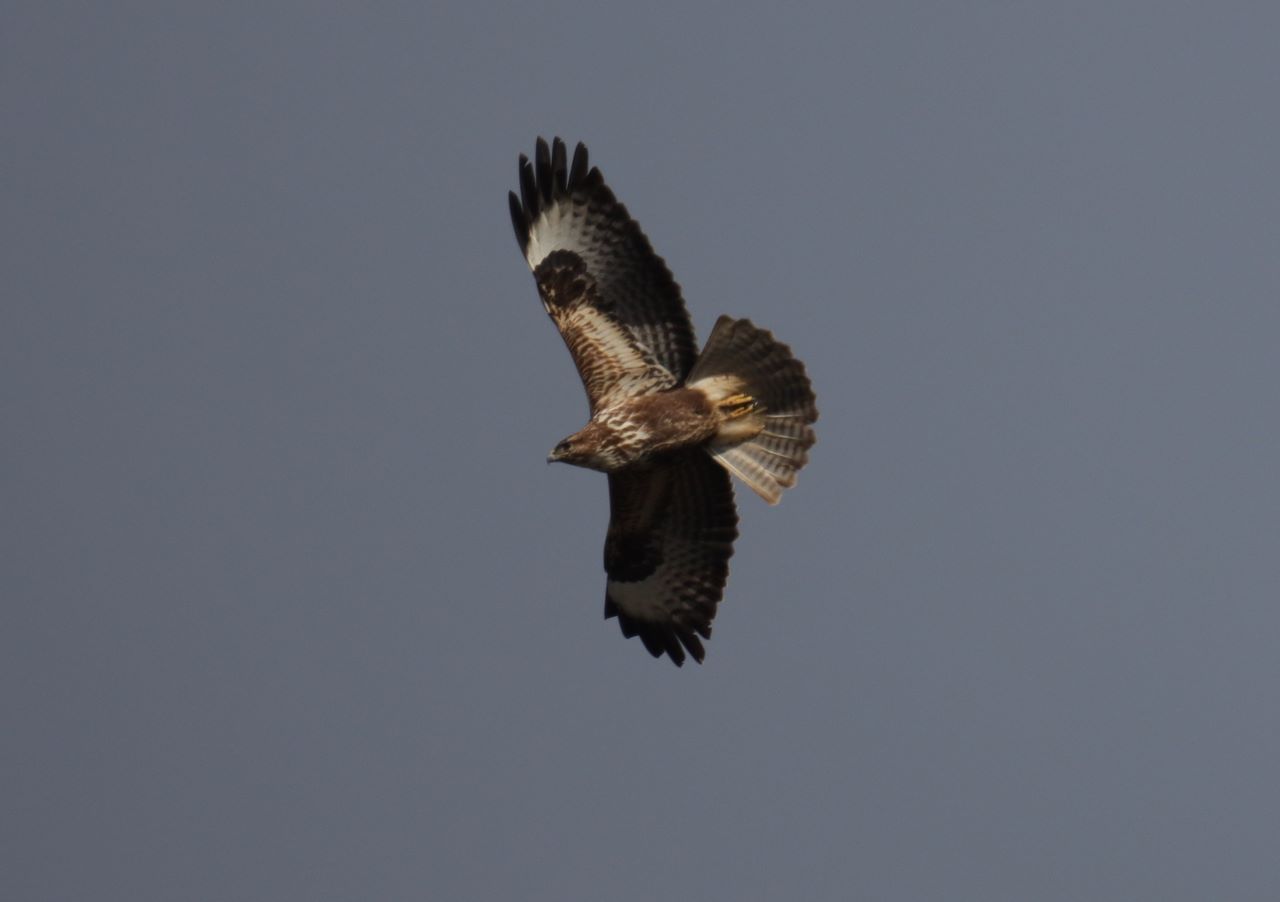
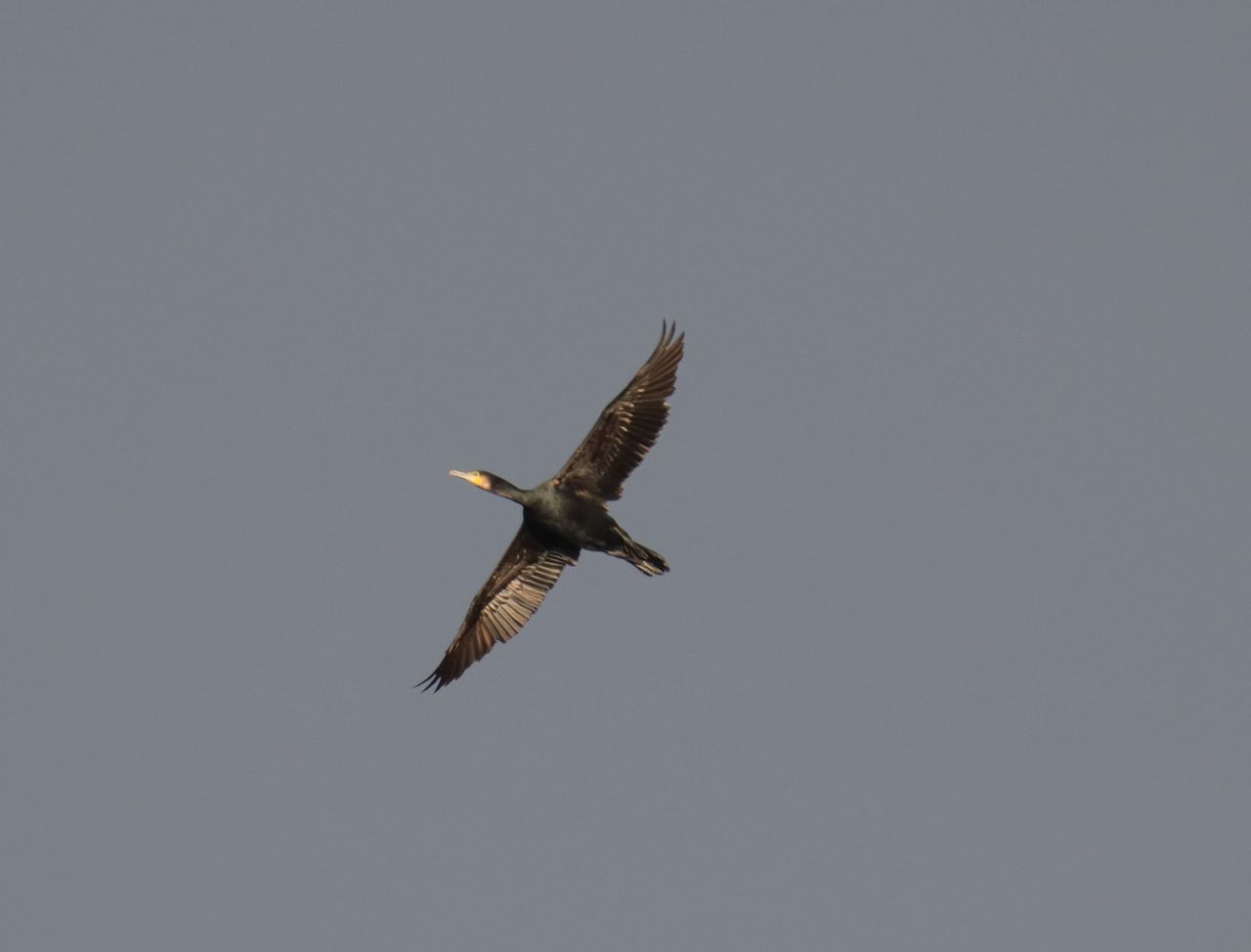
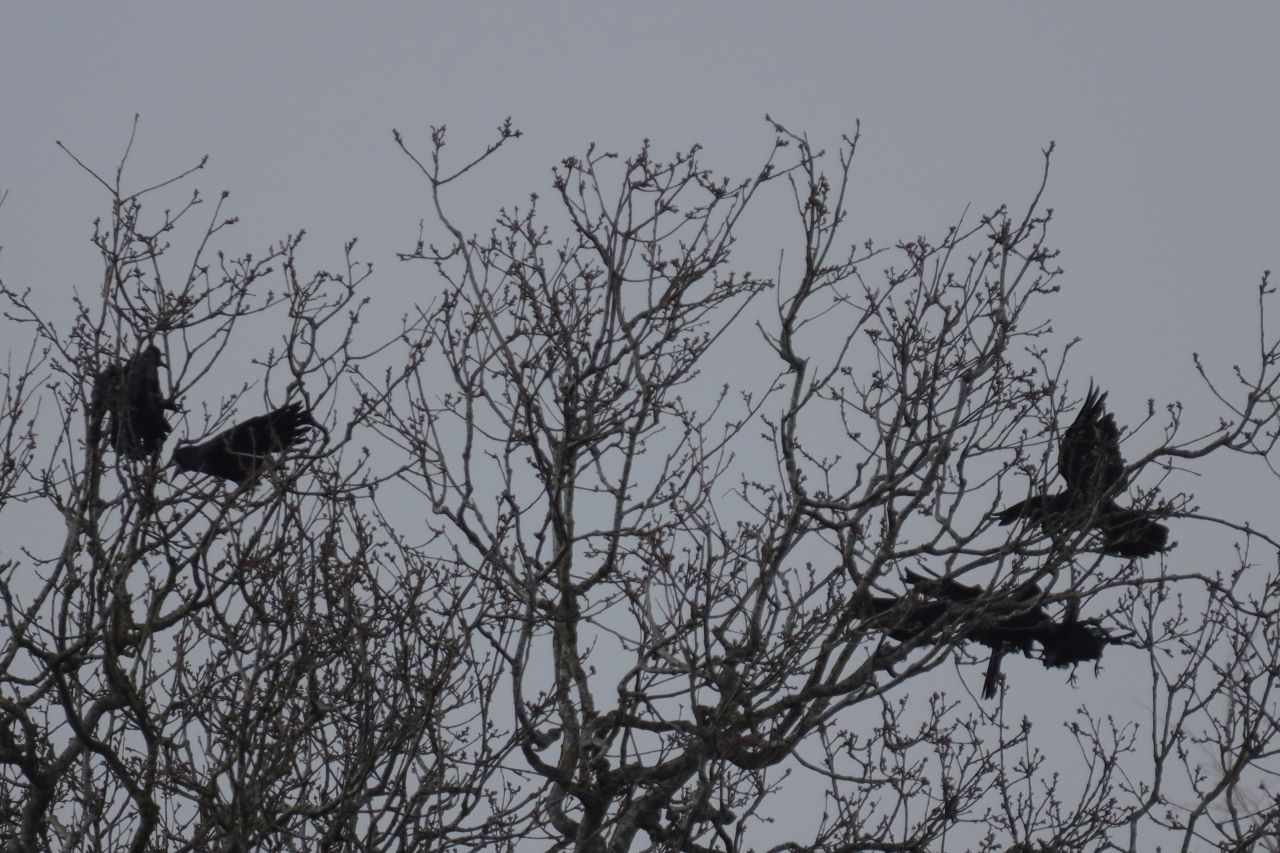
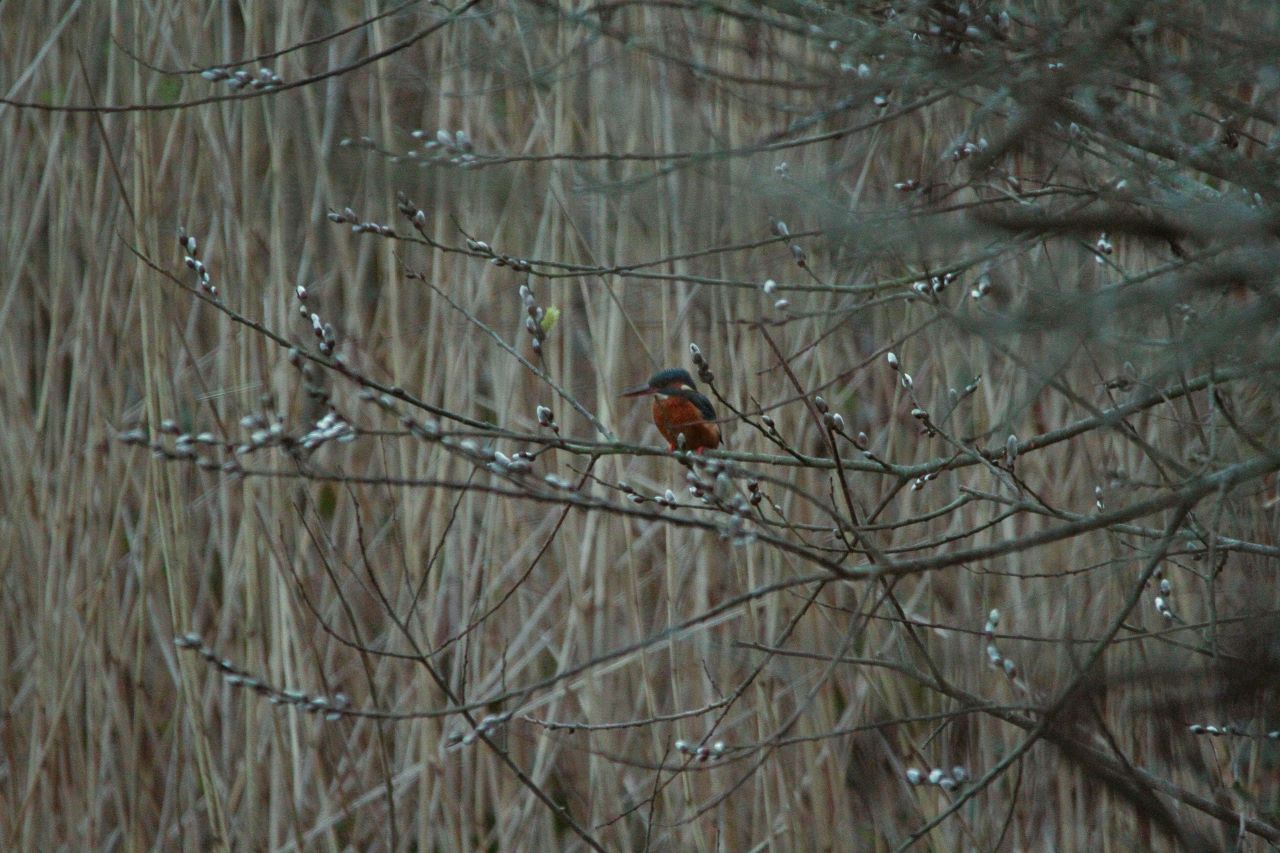
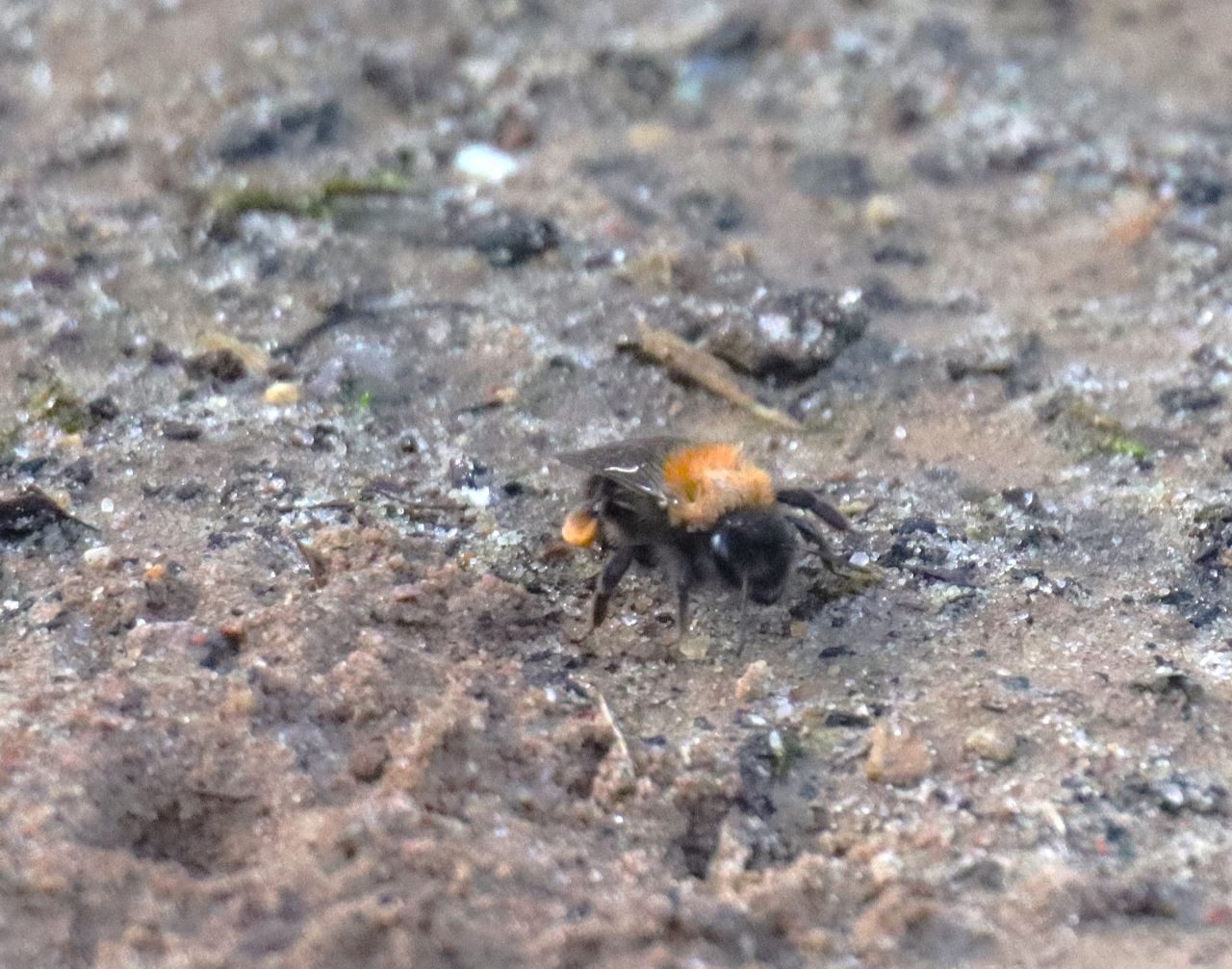
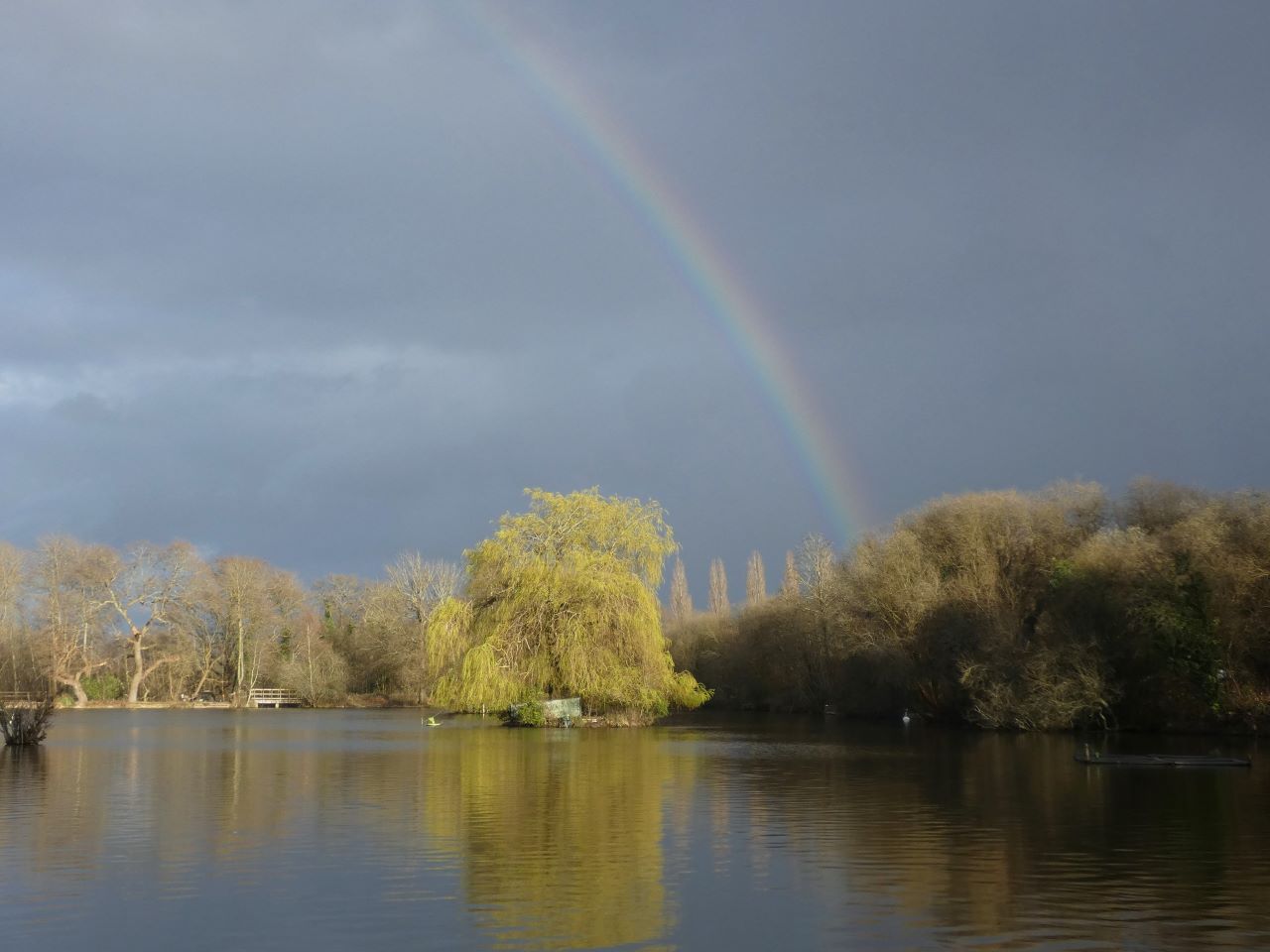







Mark Stracey
March 19, 2024 at 8:33 am
Many thanks to Malcolm for all 300 reports which are a pleasure to read and show us what can be seen in our neighbourhood. A great service to the community and science. Looking forward to he next 300.
Tina Fincham
March 19, 2024 at 9:34 am
Lovely photos as always Mal. Well done on your 300th bird watchers diary. Xx
Daniel Andrew
March 19, 2024 at 1:25 pm
Congratulations Malcolm on your 300 reports. Thank you for showing us the wonderful wildlife that can be seen so close to home.
When I read your reports, I often wonder how you manage to identify these species. Does it come easily after 300 reports?!
Thanks again.
Harry Eve
March 19, 2024 at 2:47 pm
Congratulations Malcolm. I might never have known about some of the places visited. Long may birdwatchers diary continue.
Roland Dunster
March 20, 2024 at 9:09 pm
Huge congratulations To Malcolm Fincham on his 300th Birdwatcher’s Diary. They truly are so uplifting and informative. Please keep them coming!
Many thanks also to David Rose for skilfully putting them together and making them such a good read.